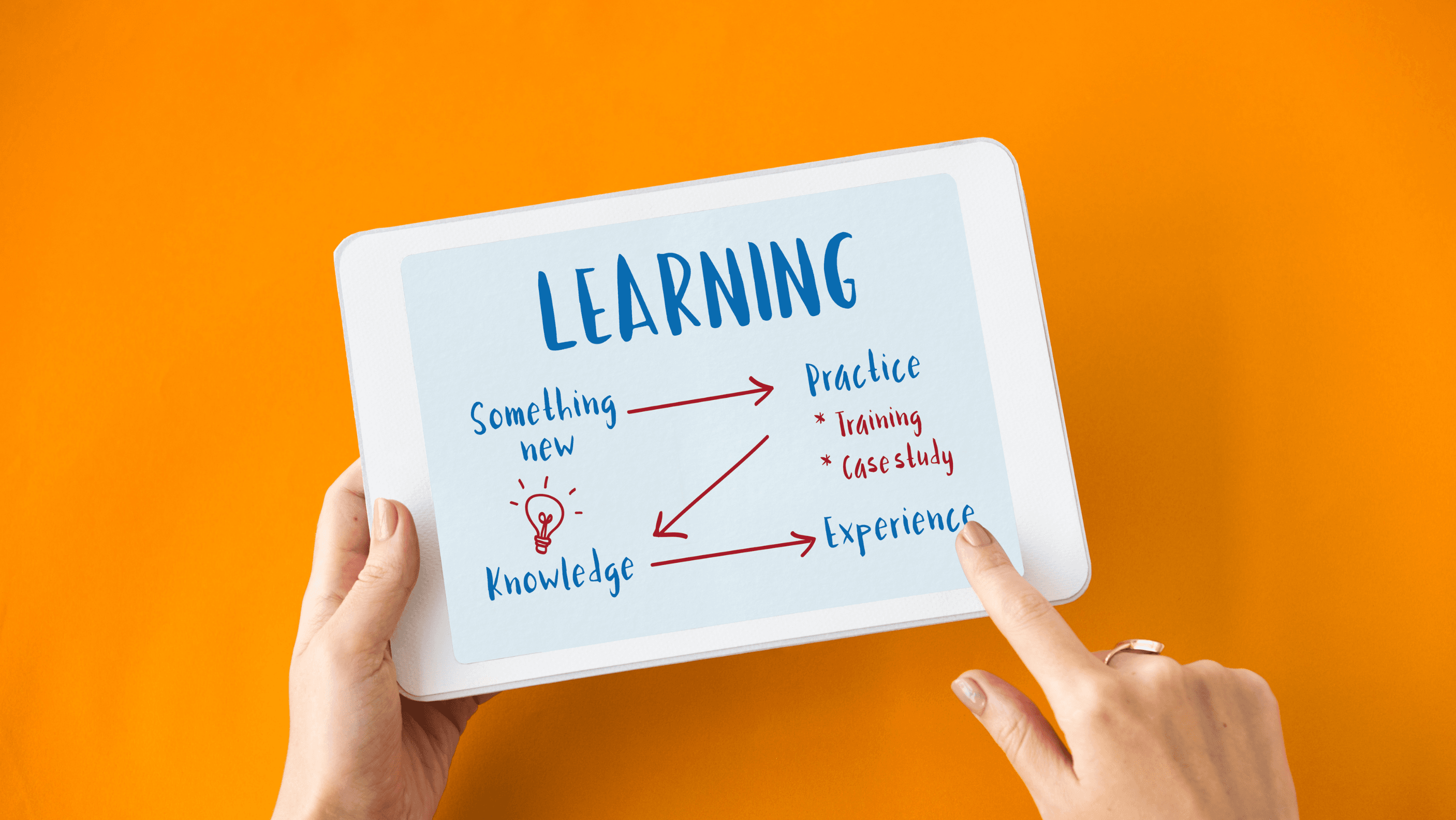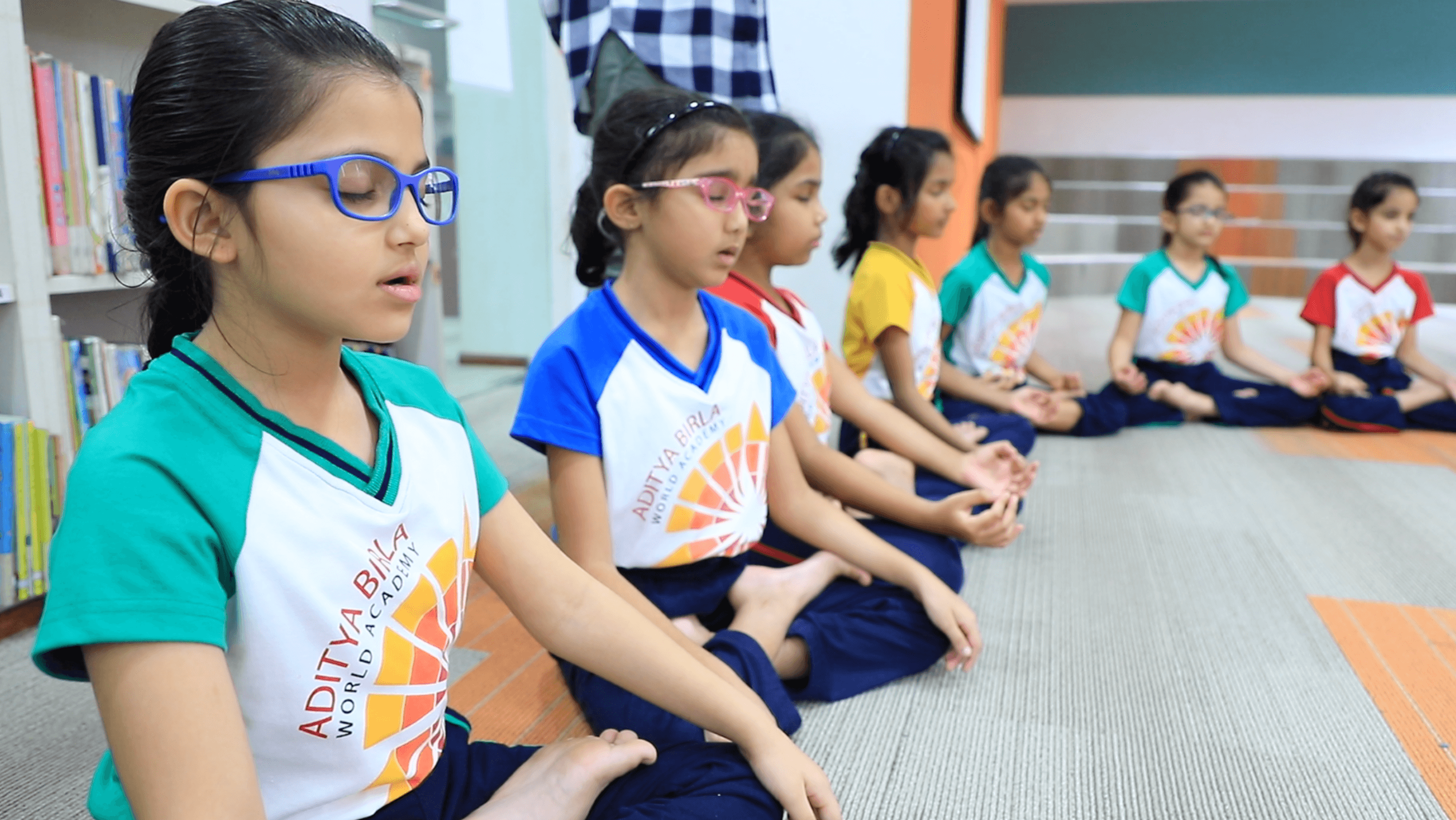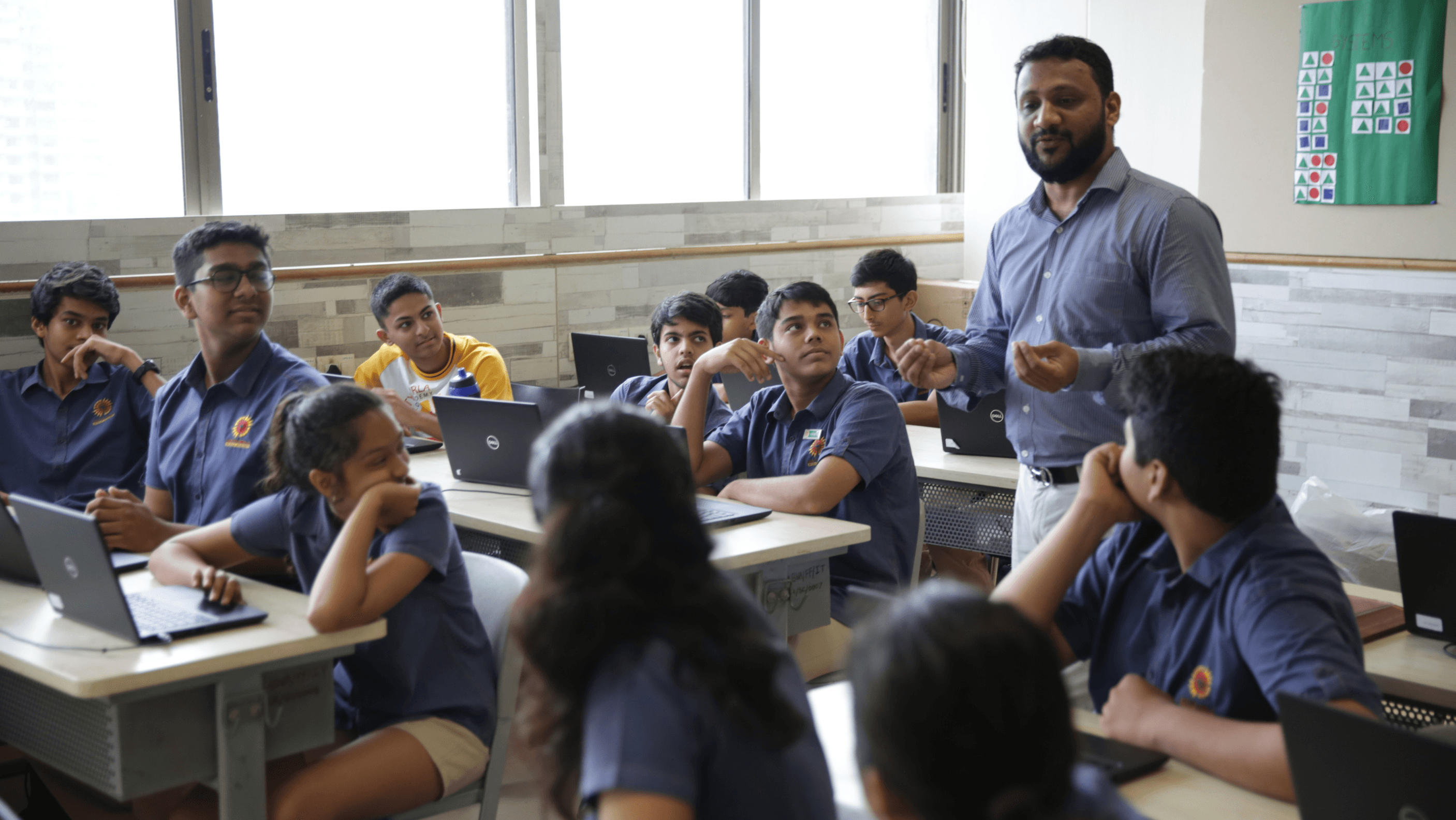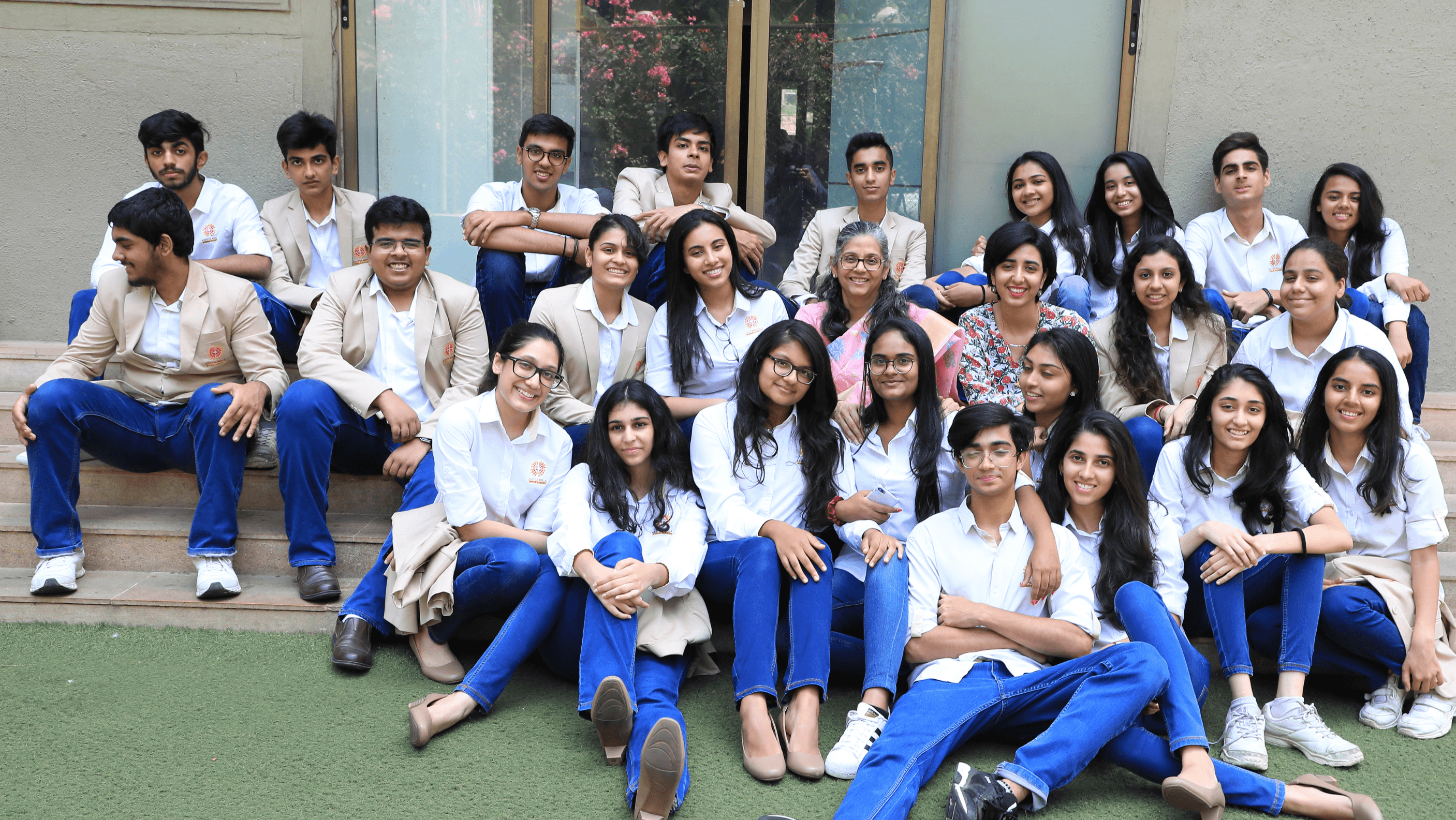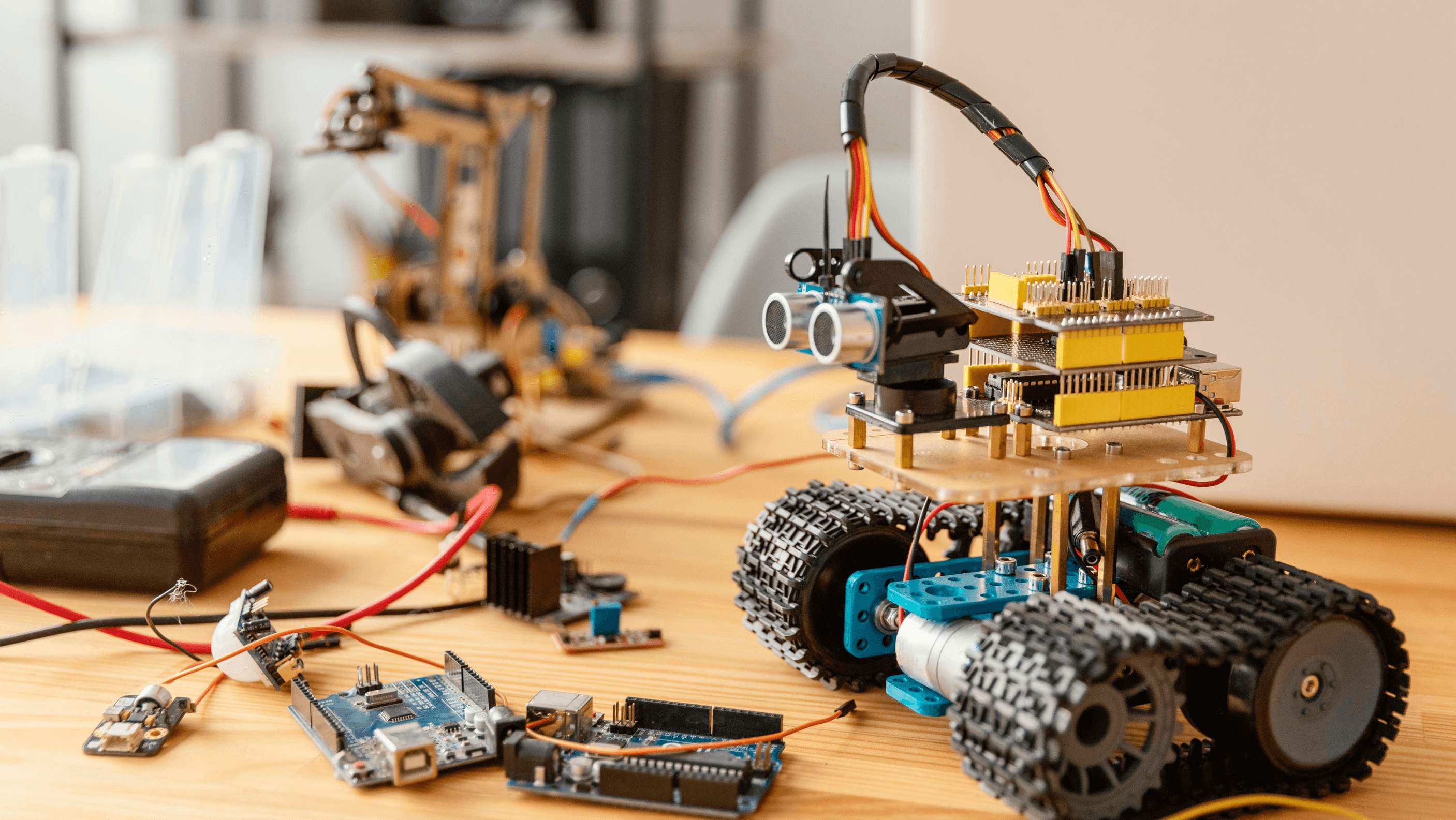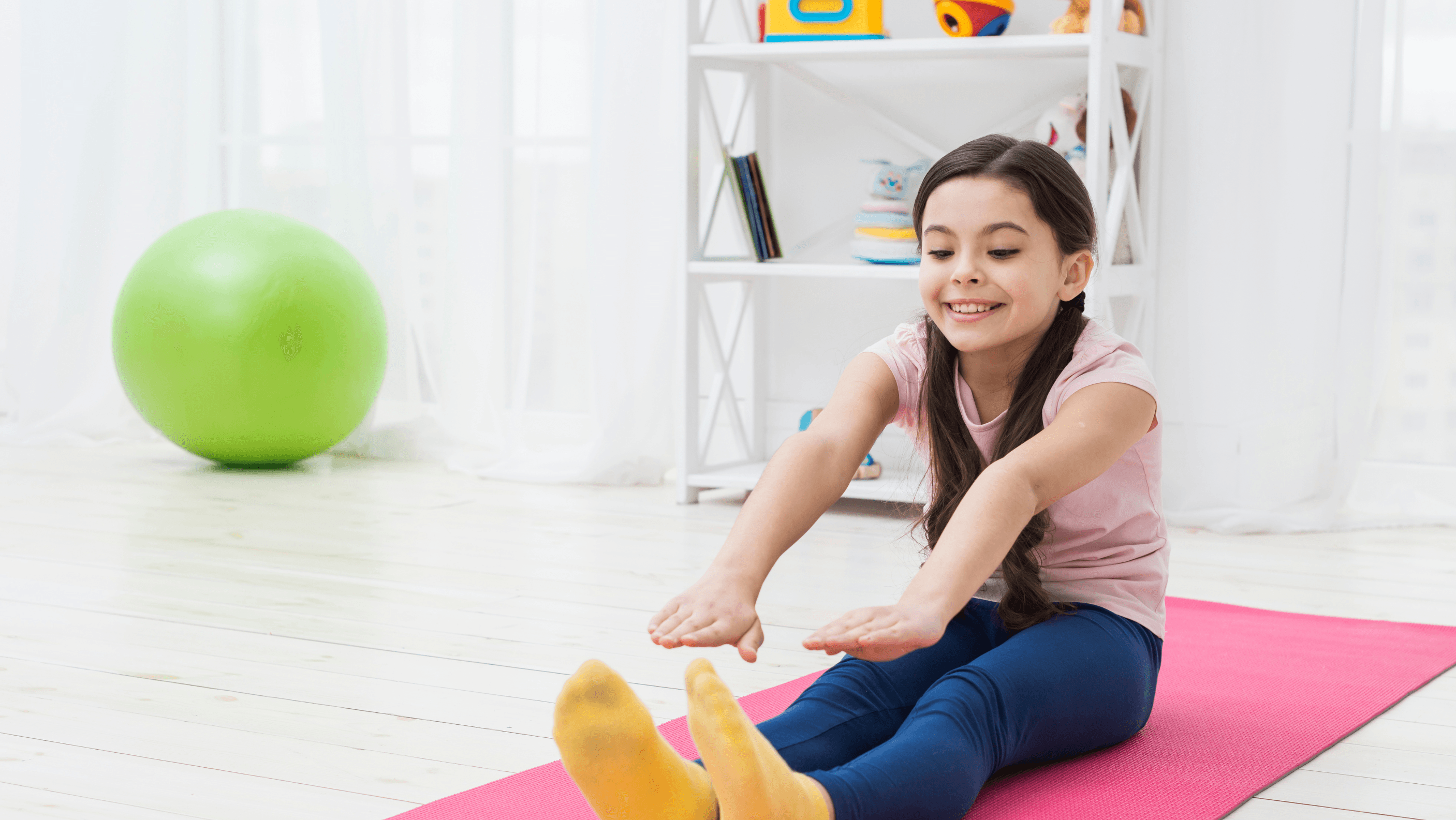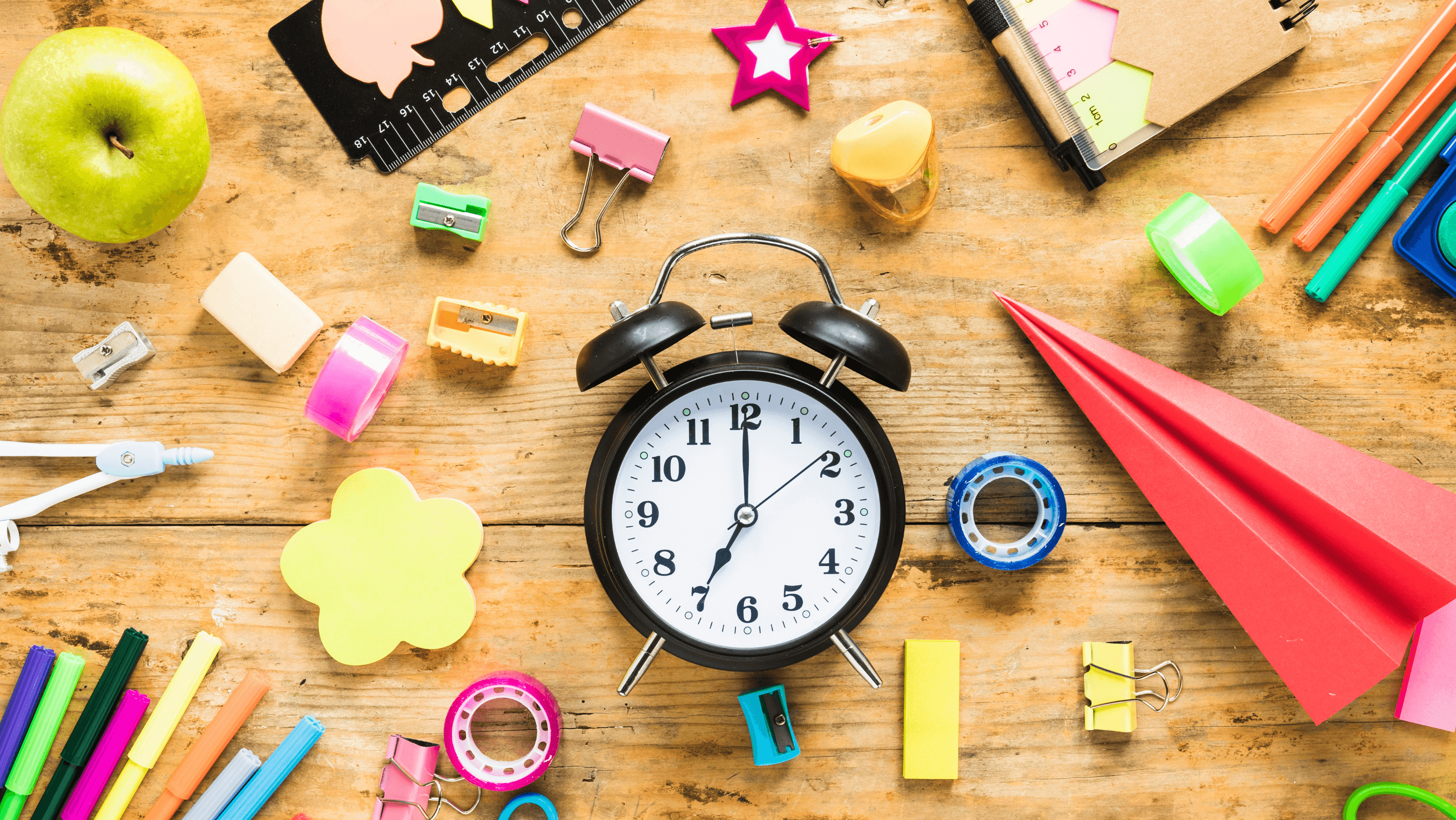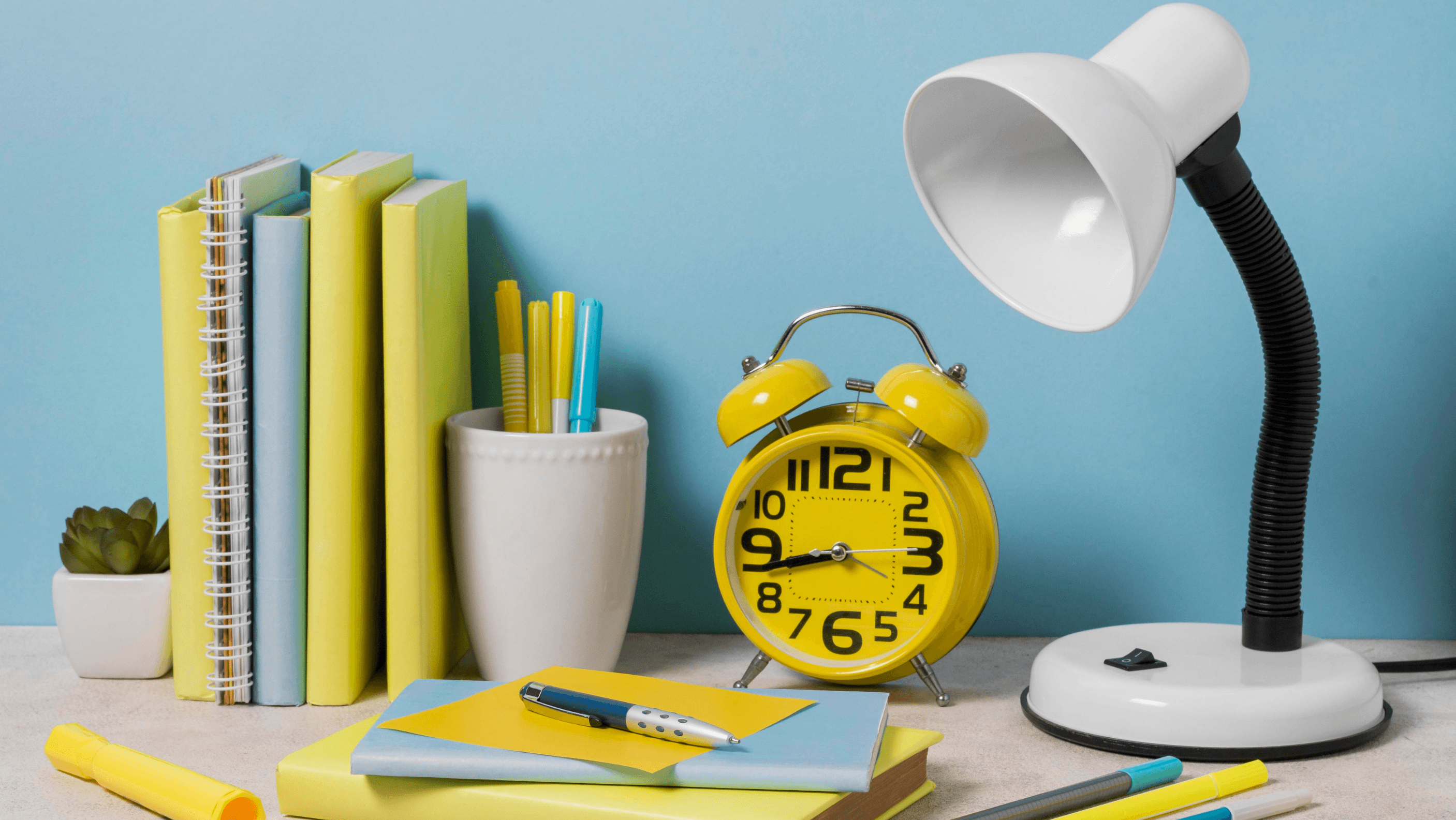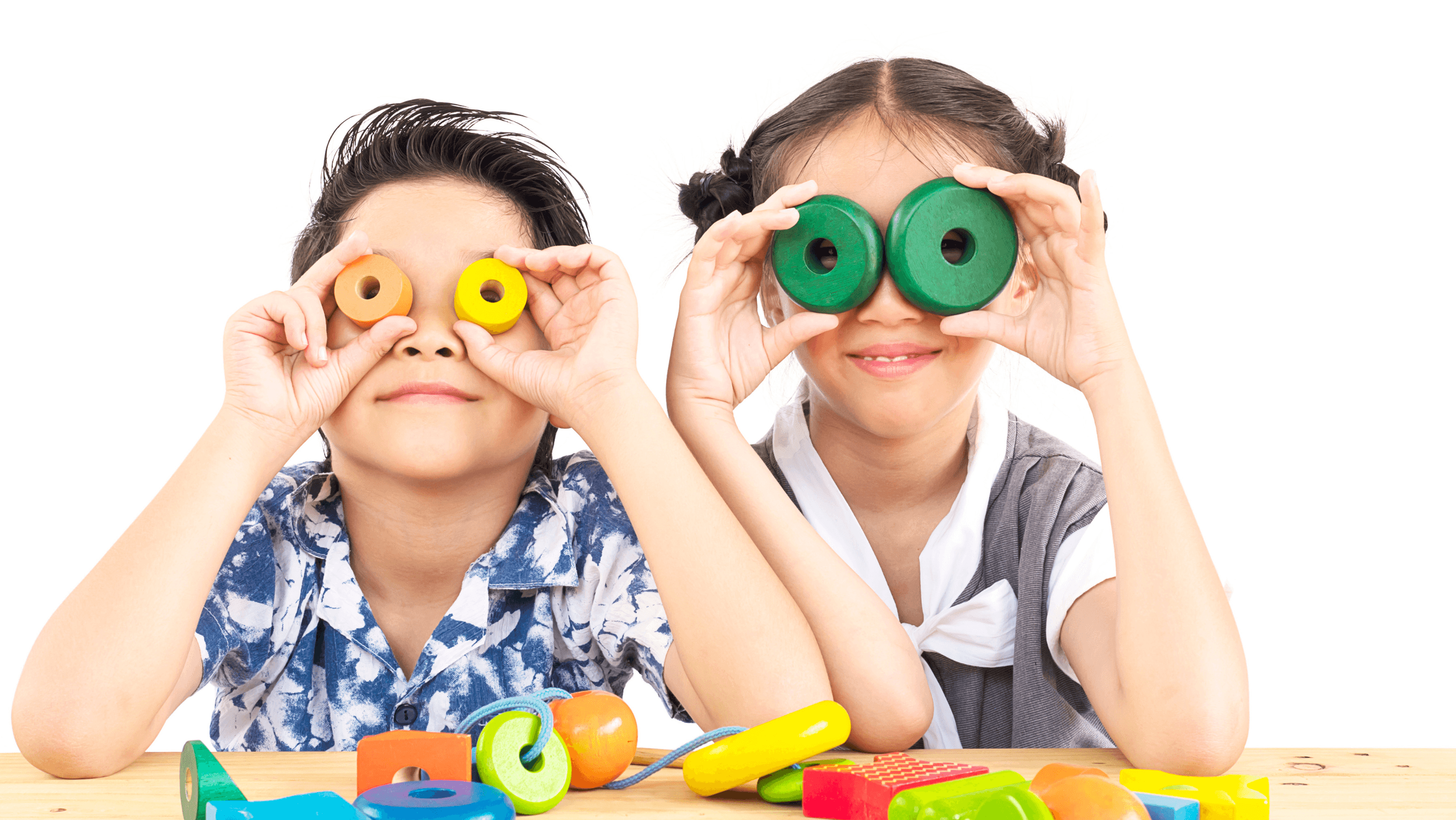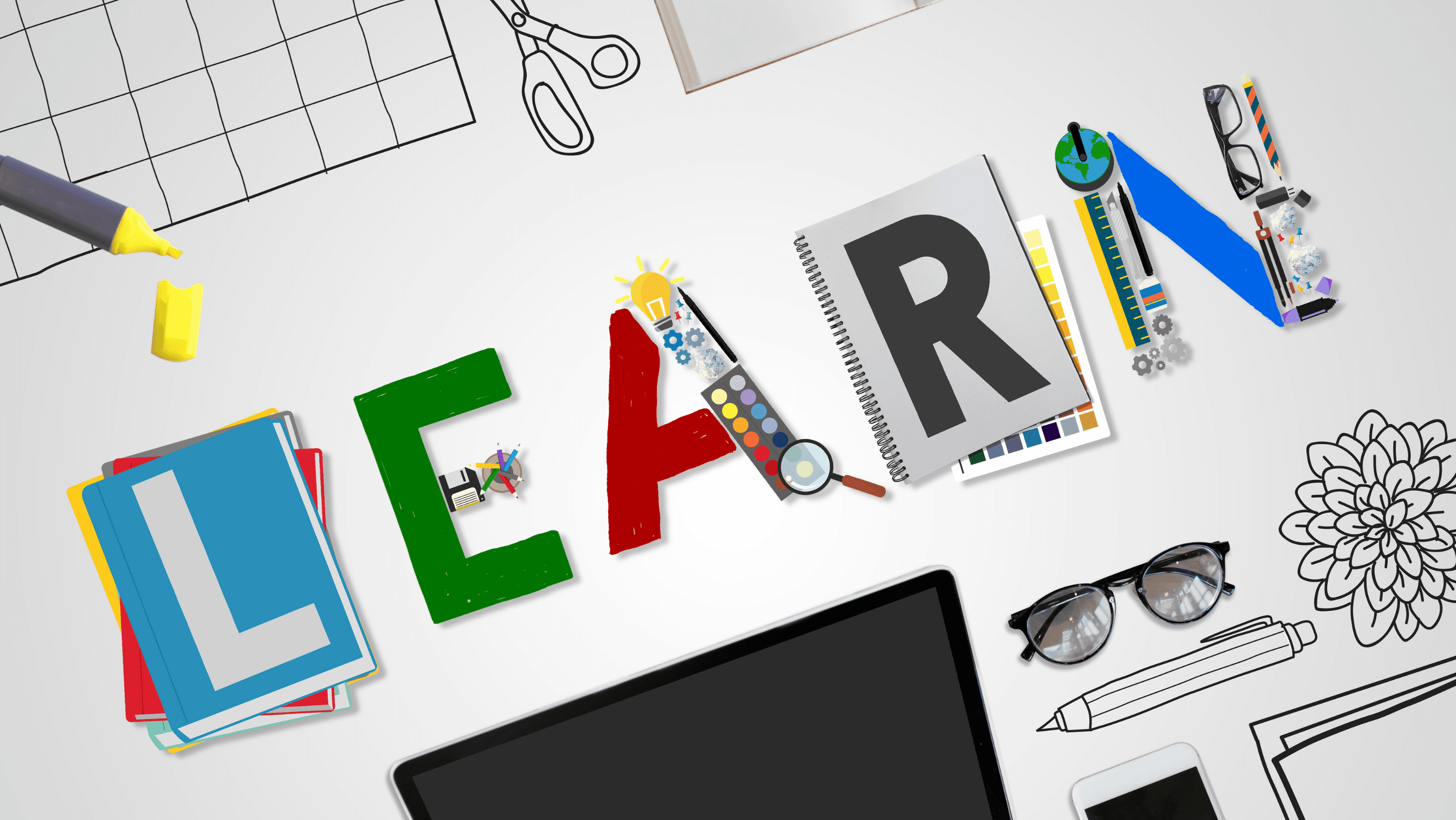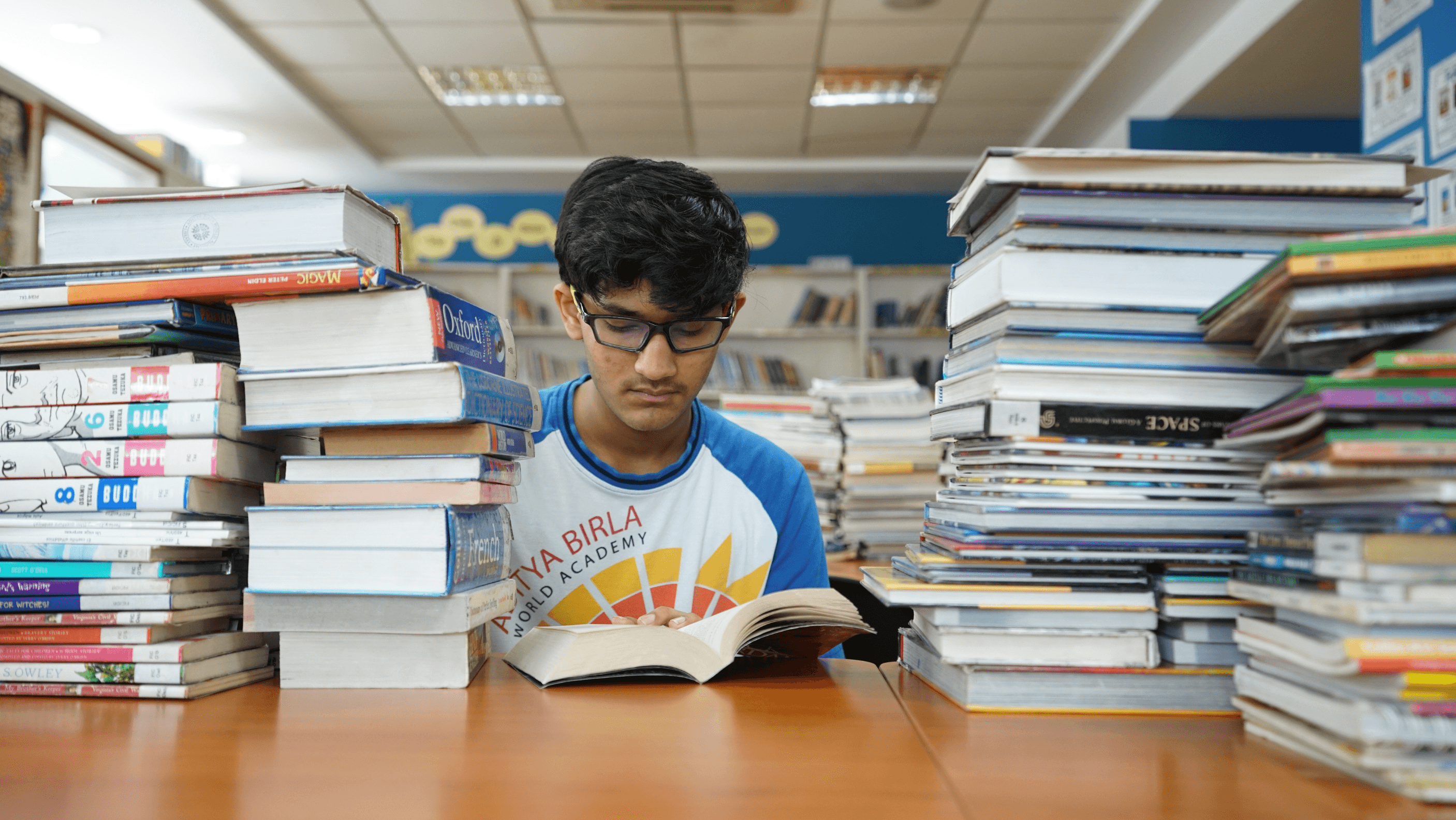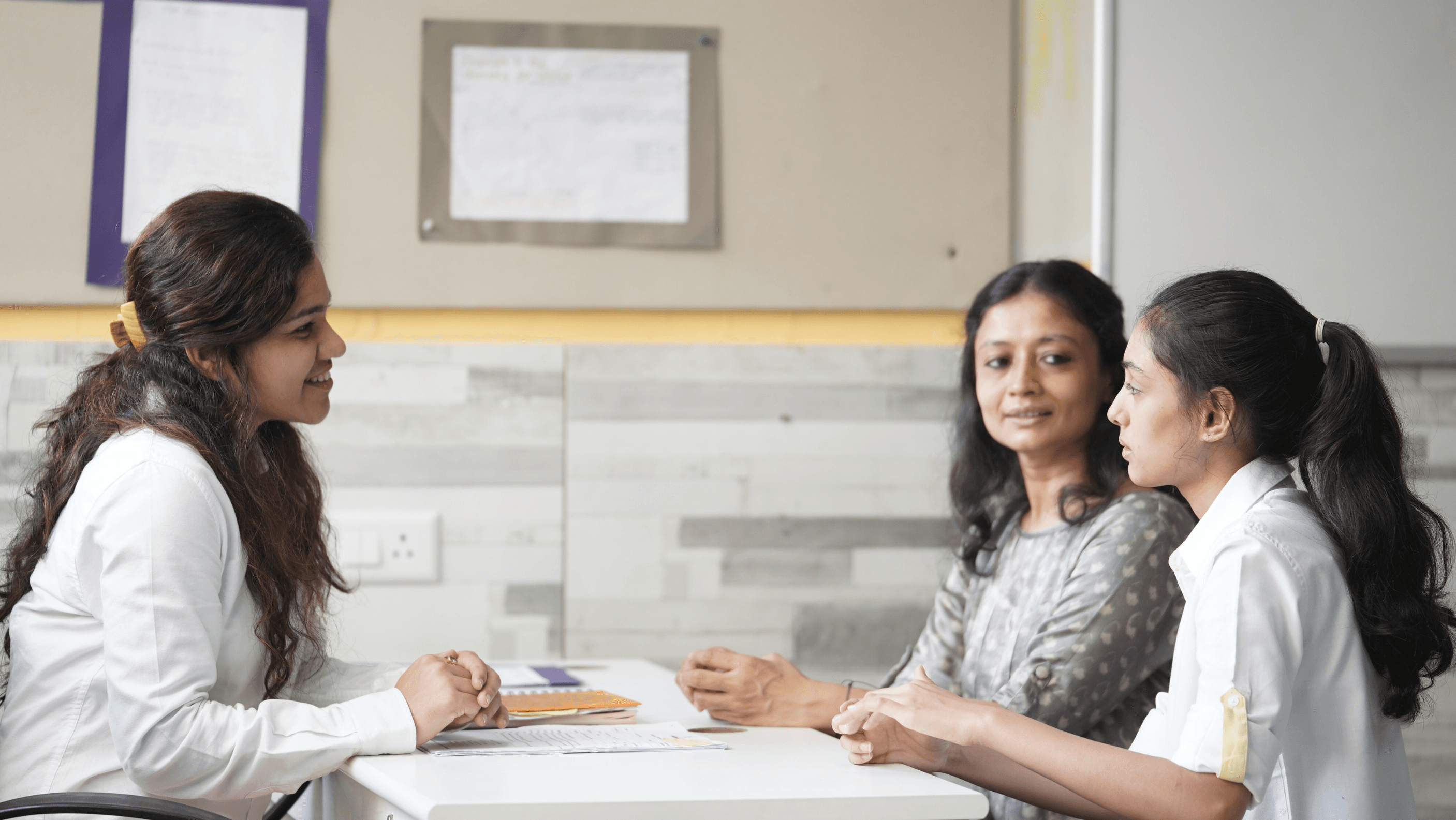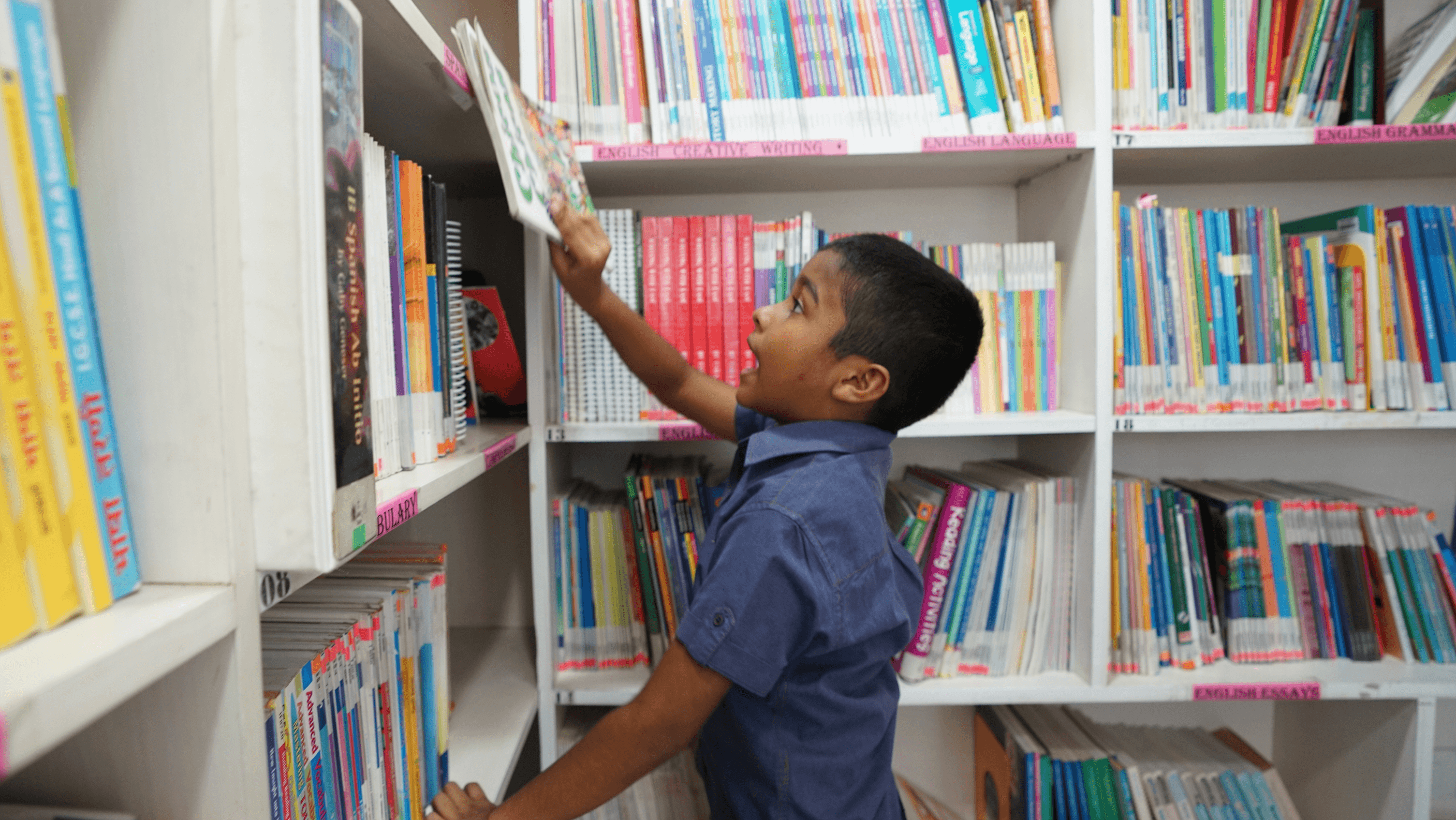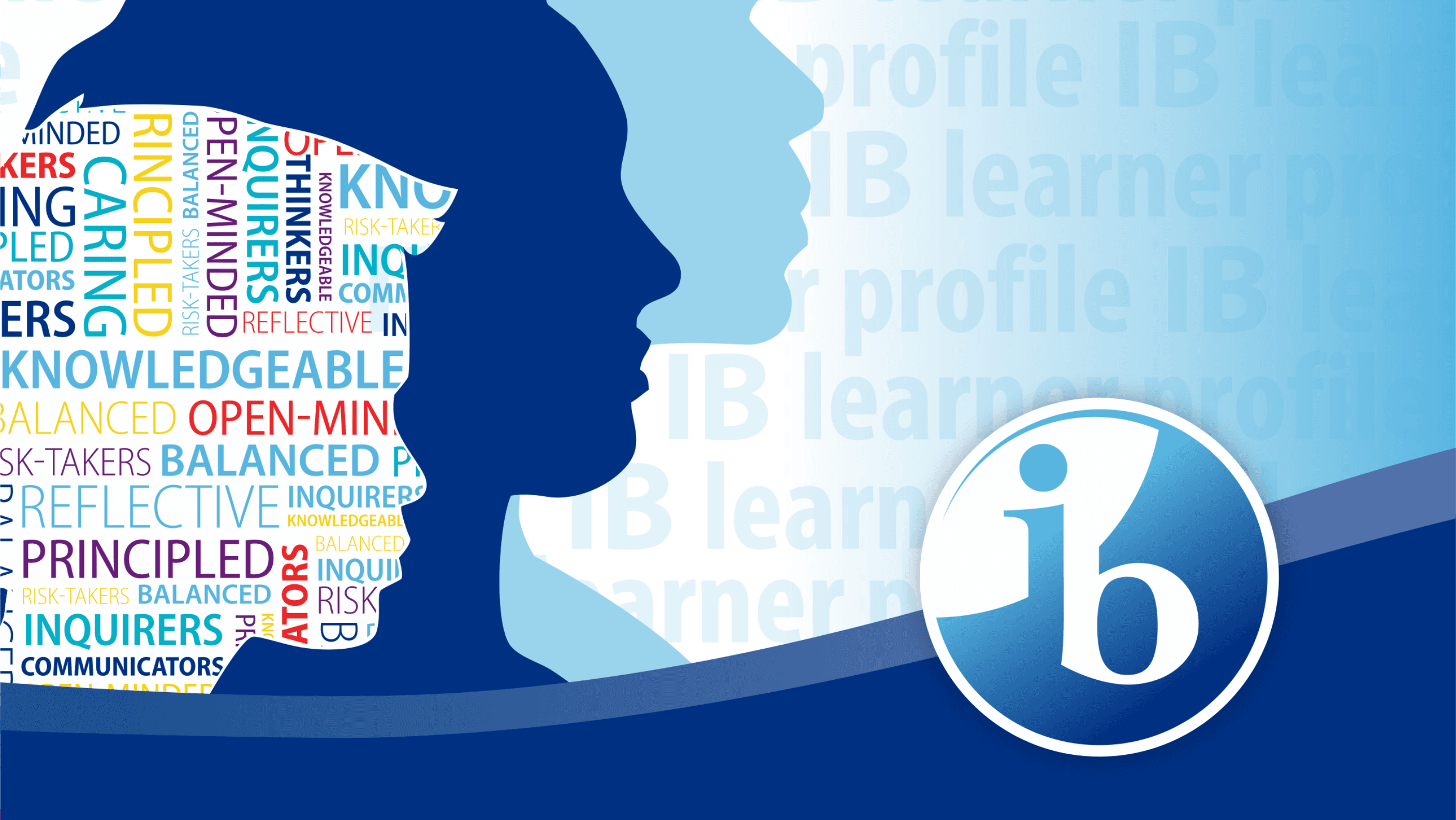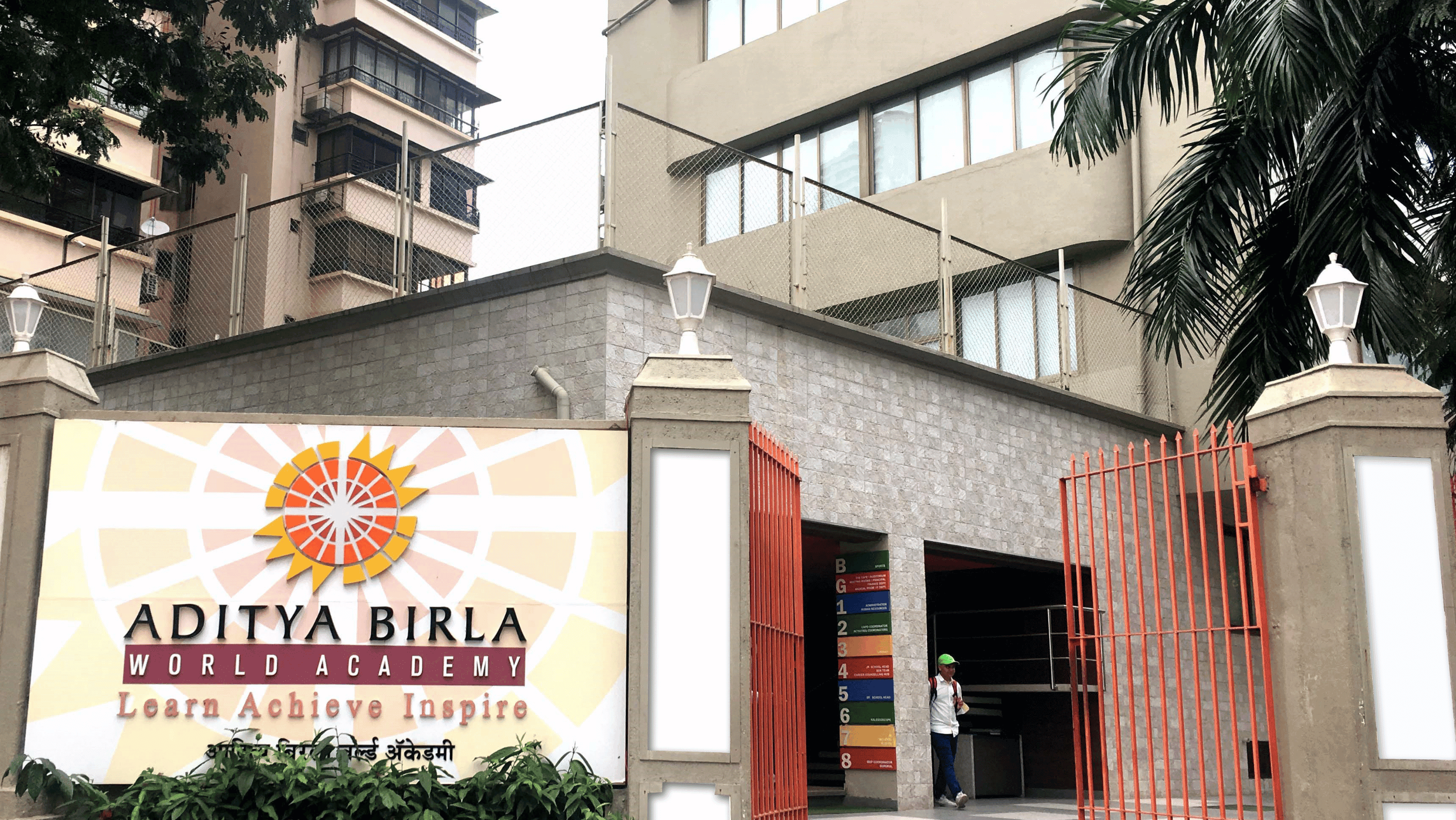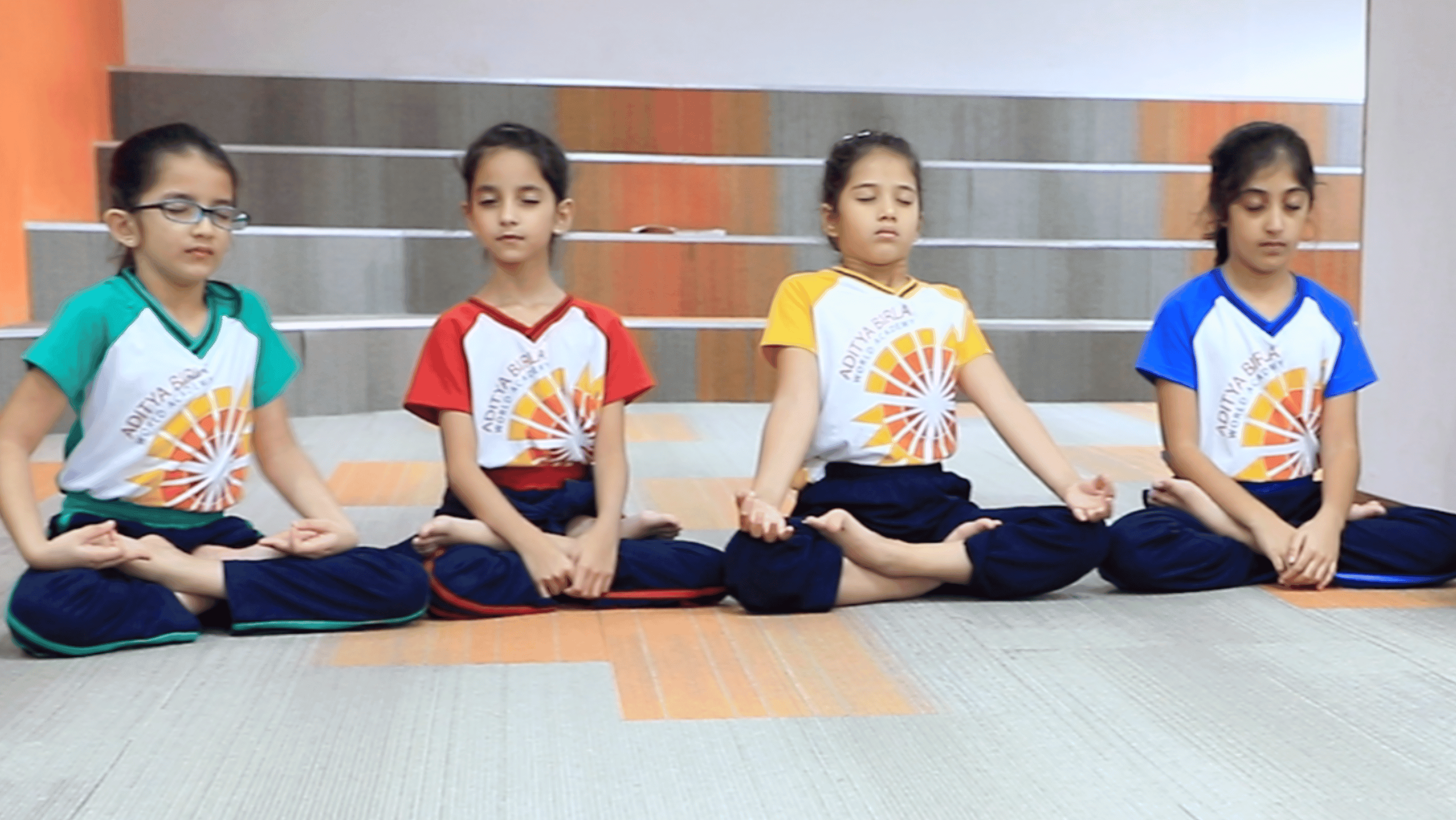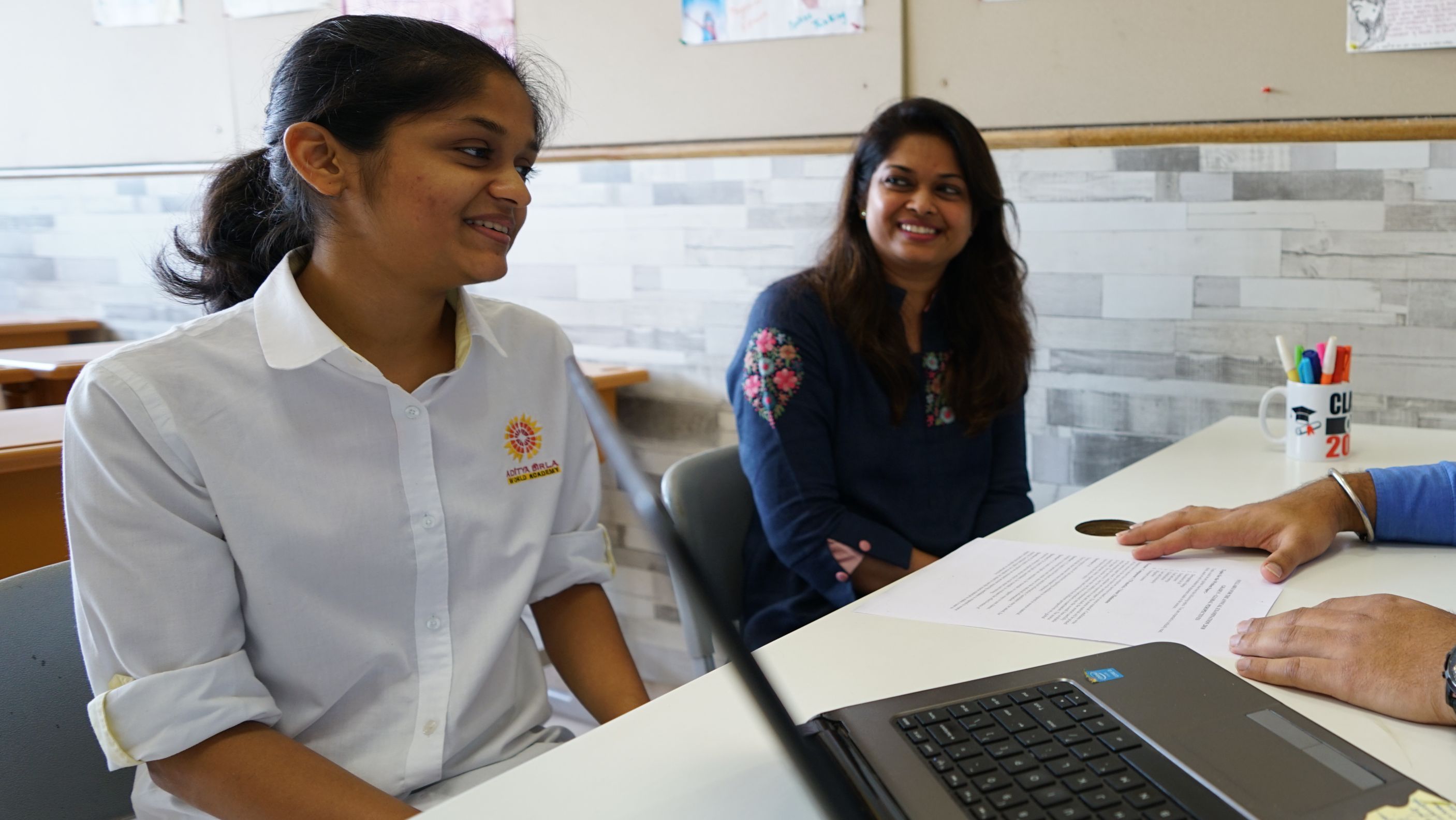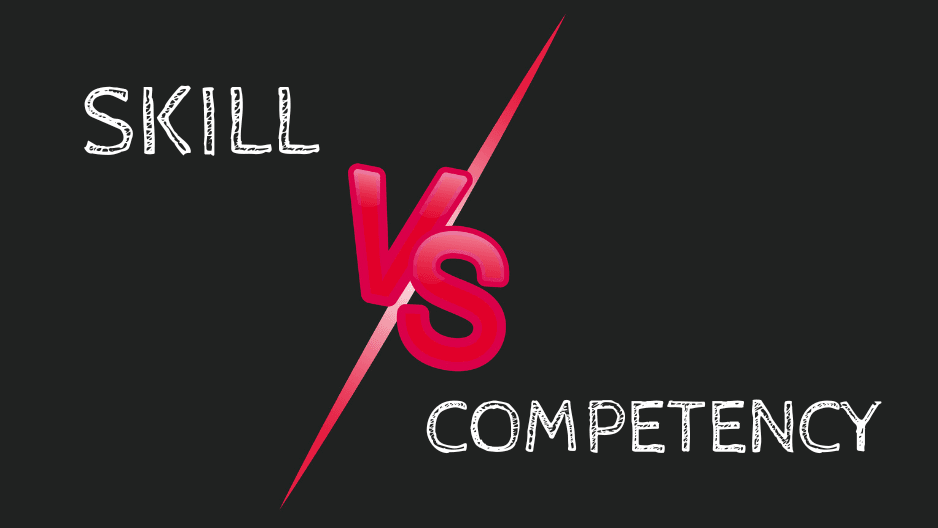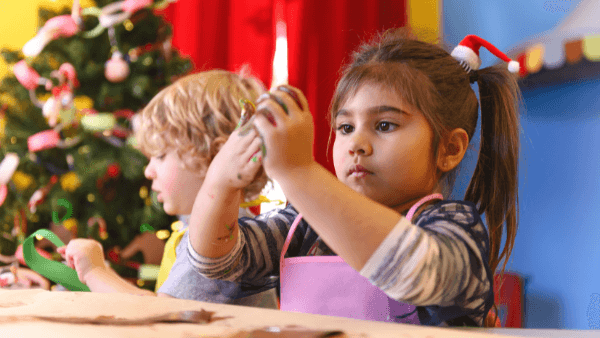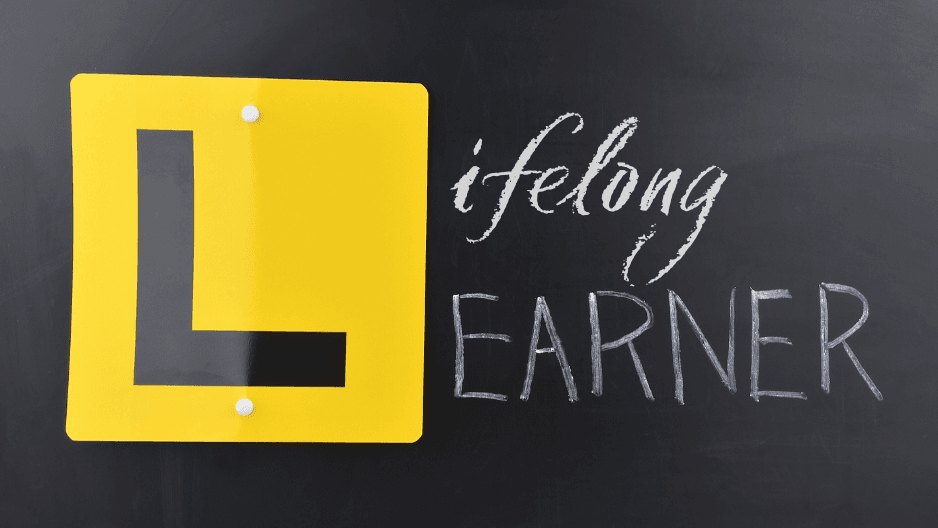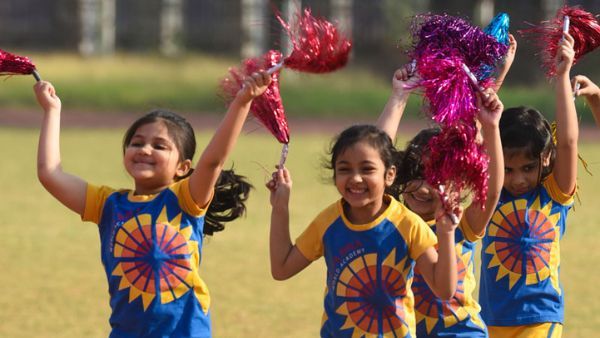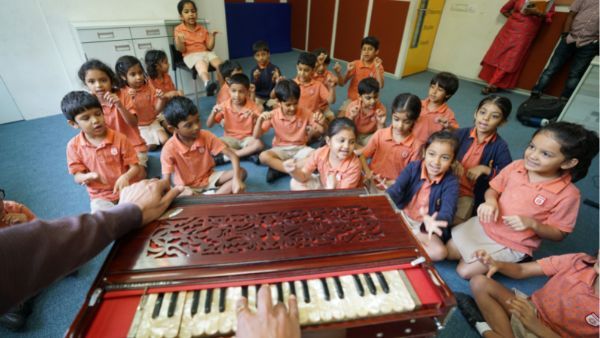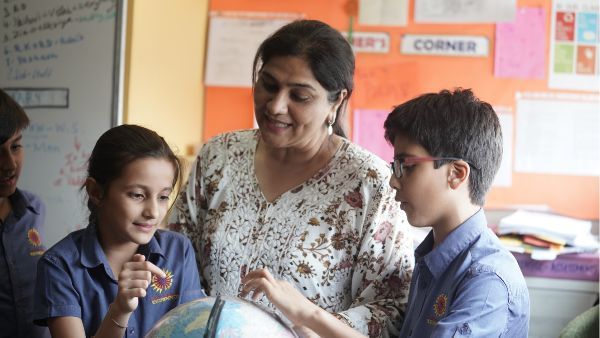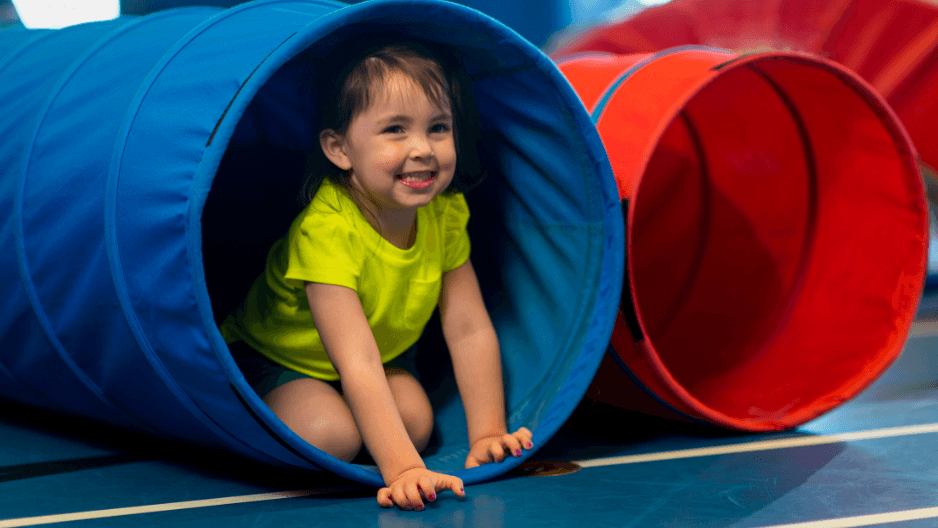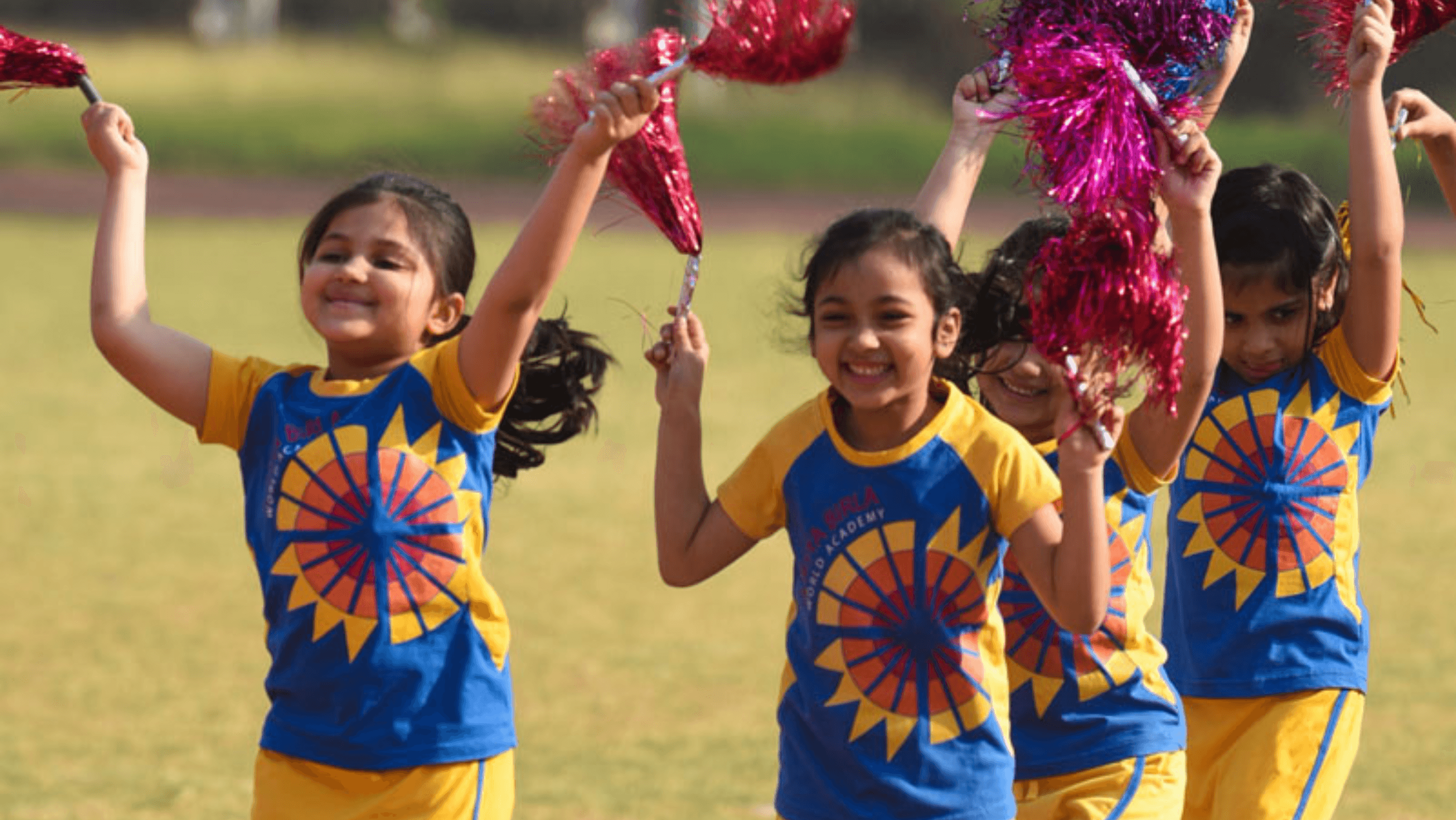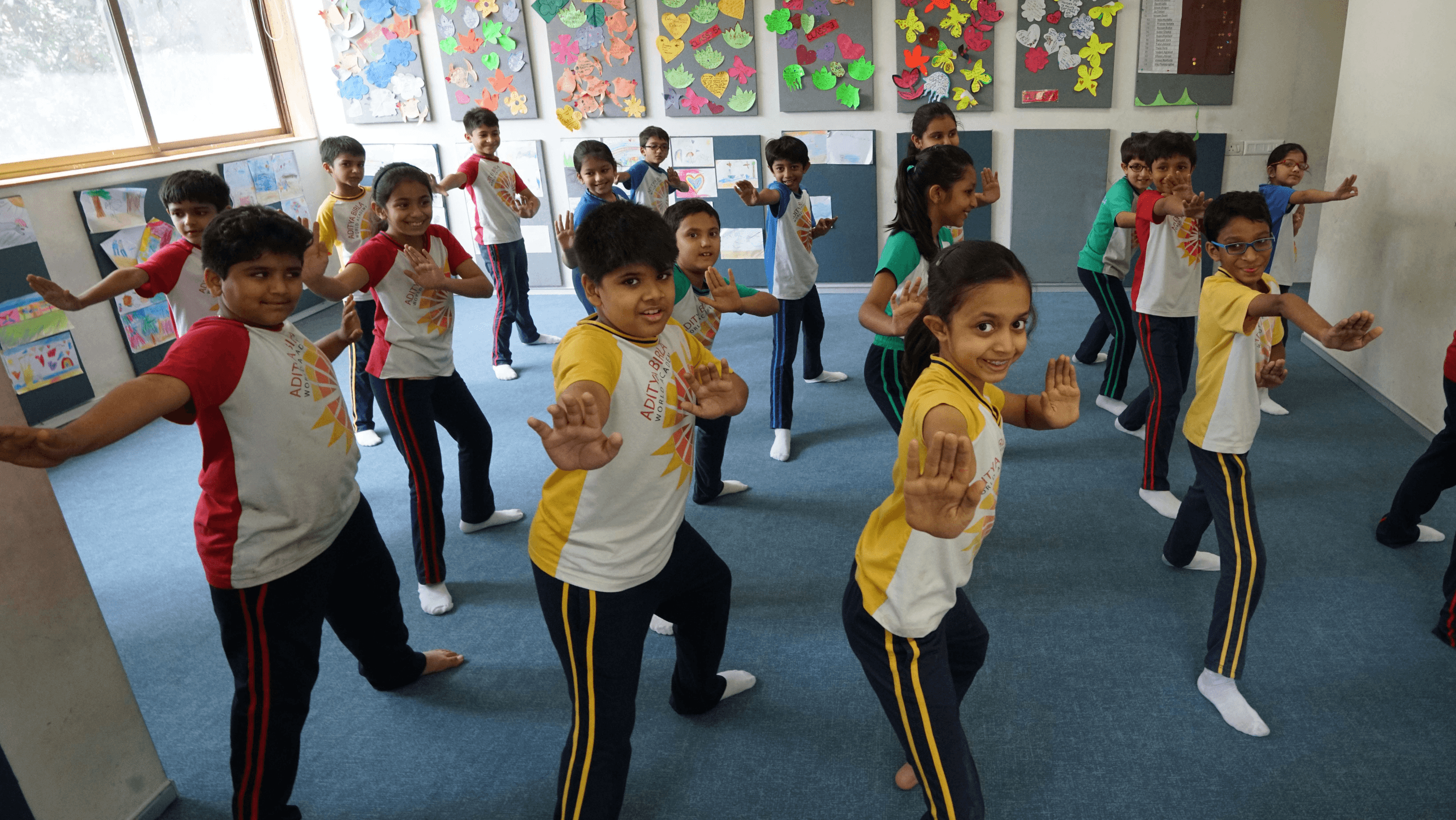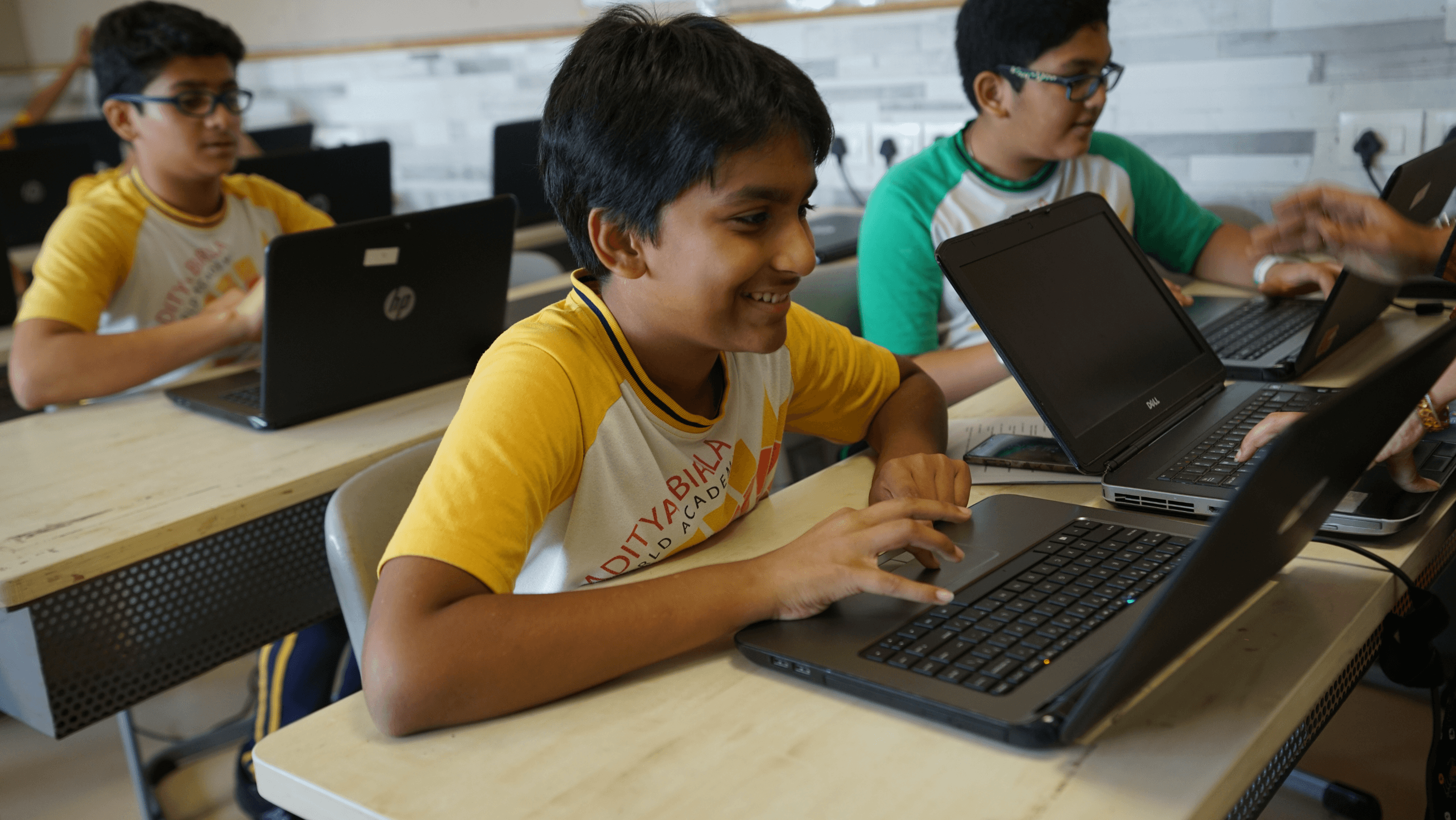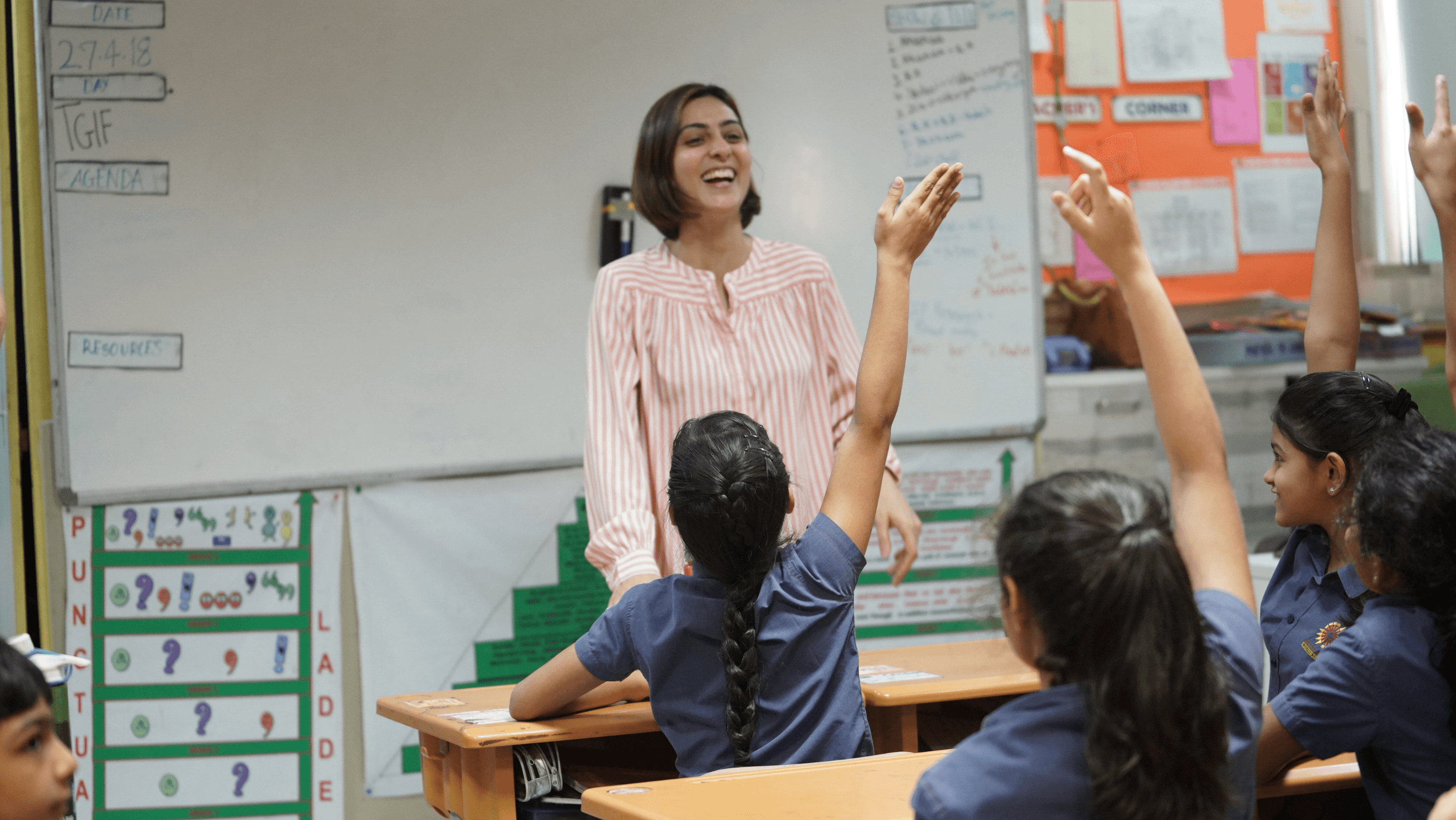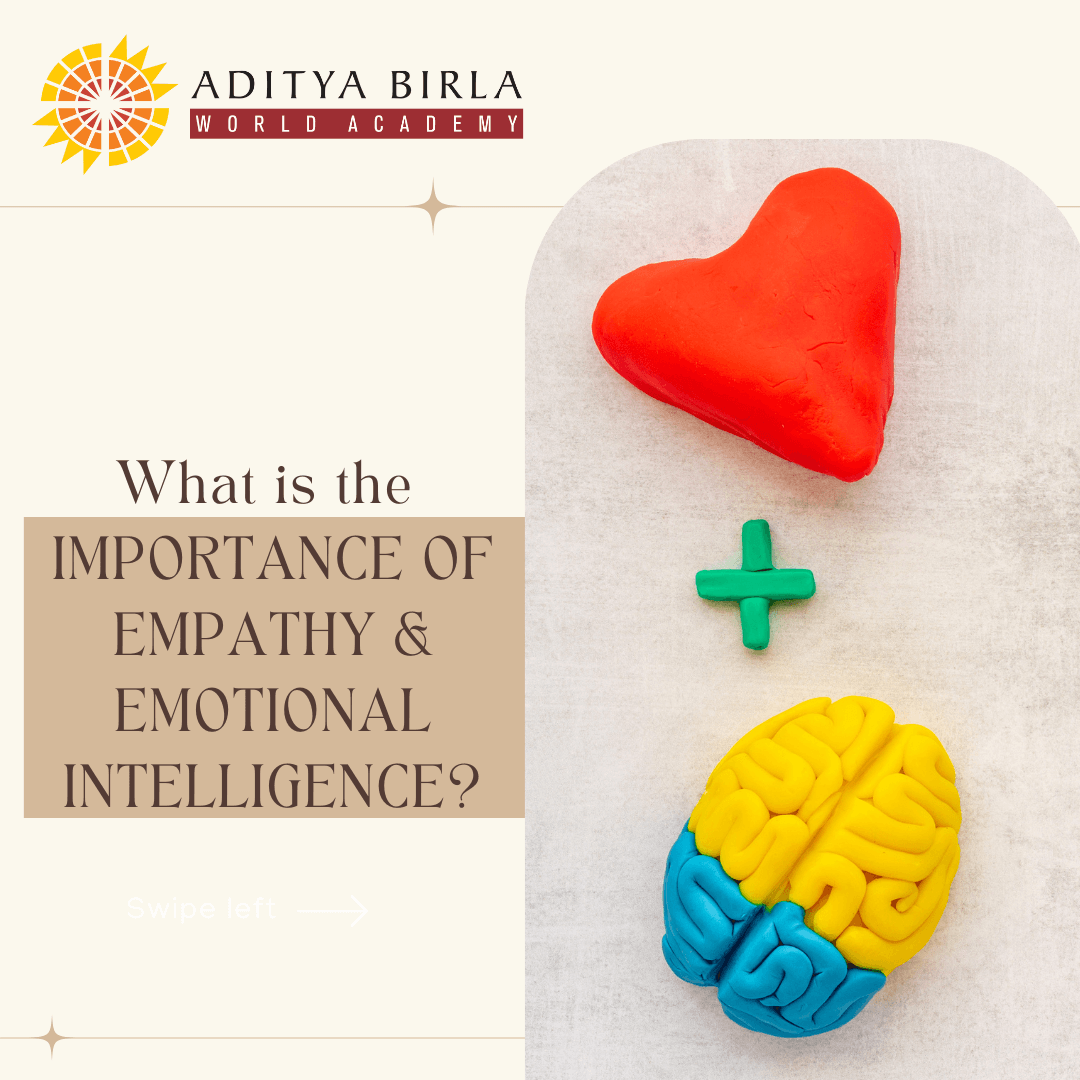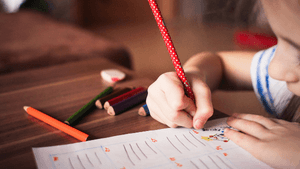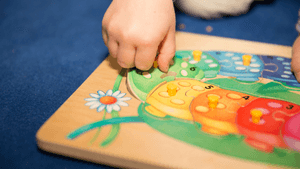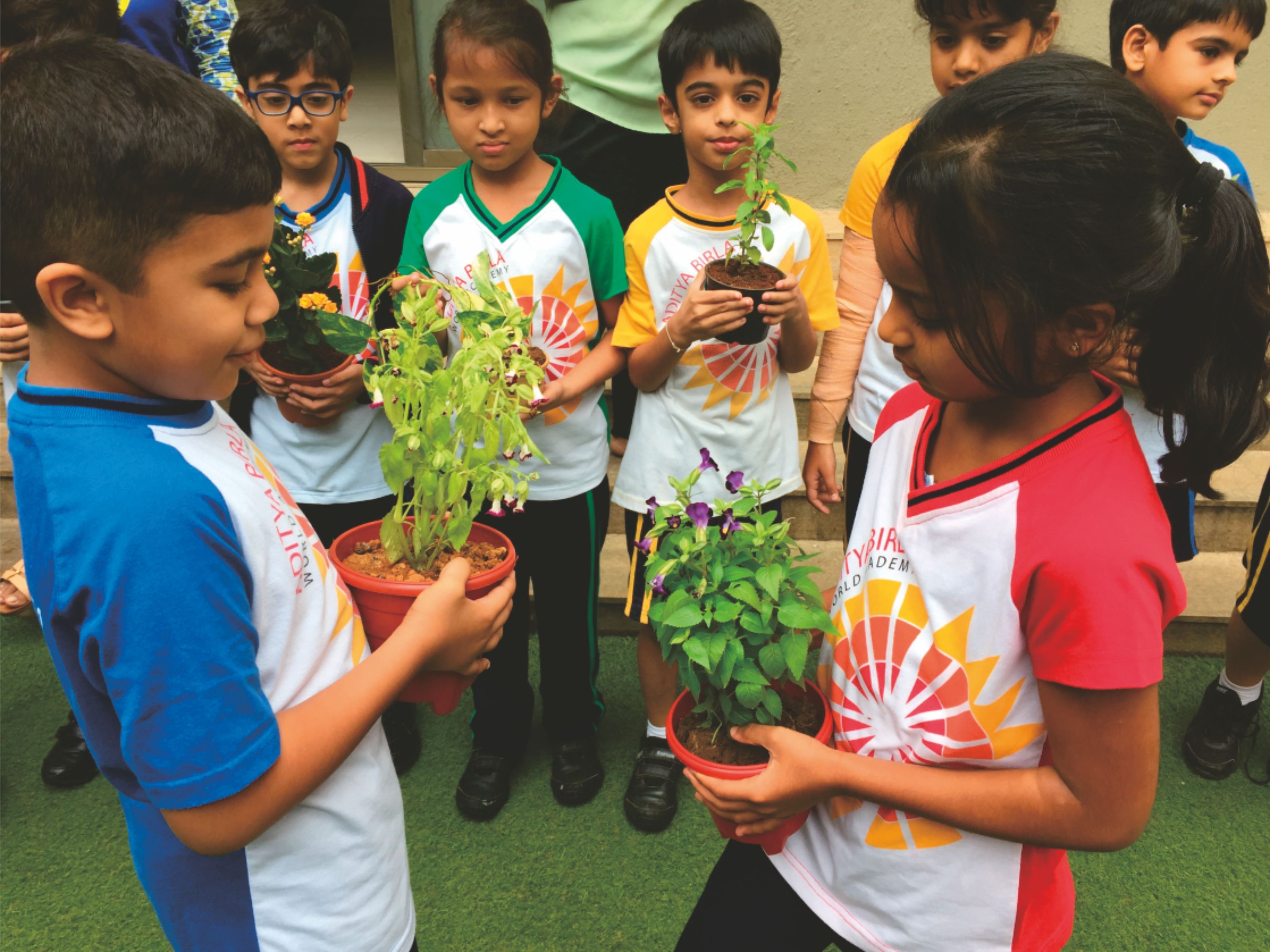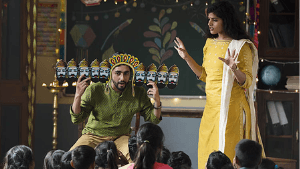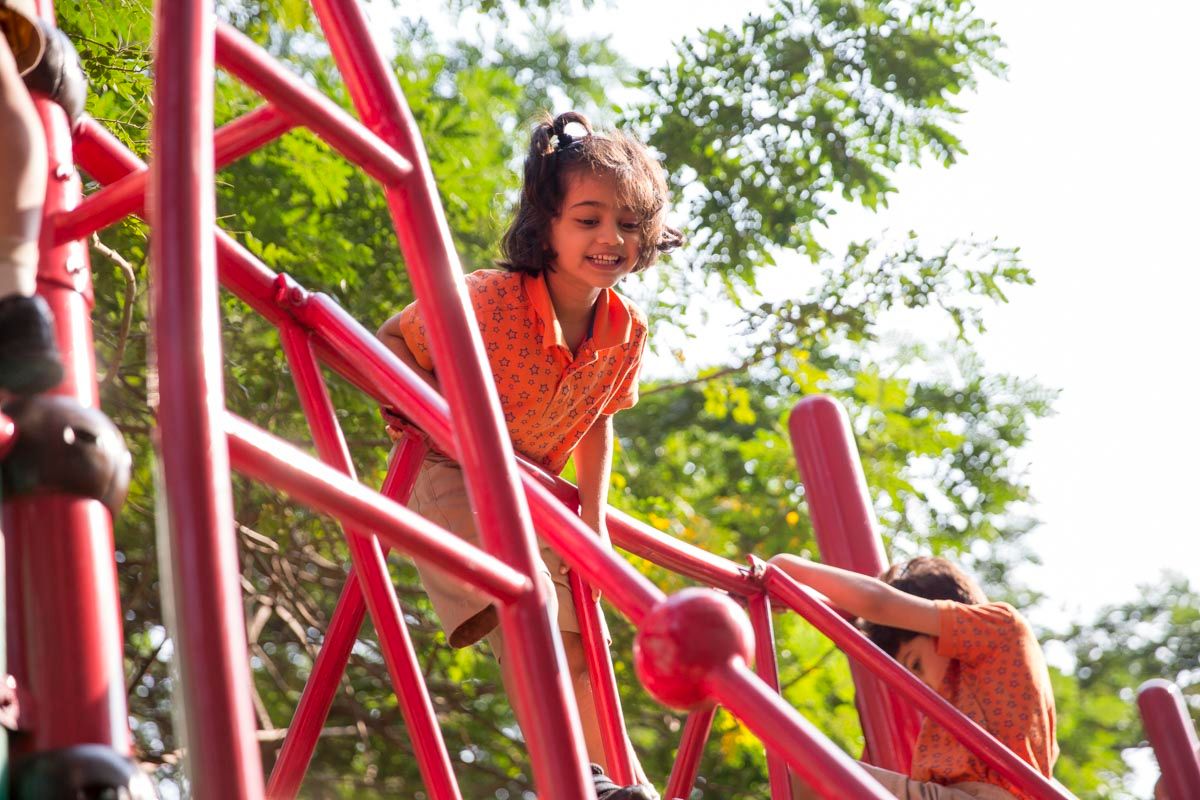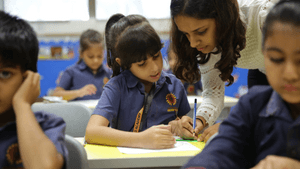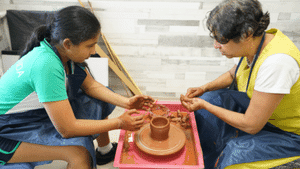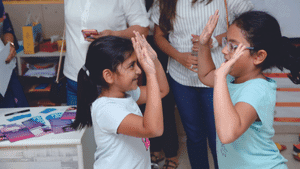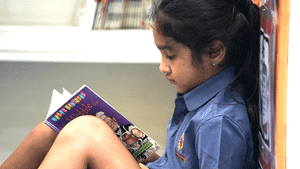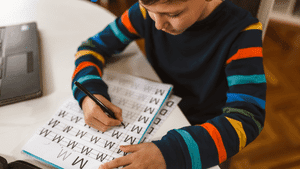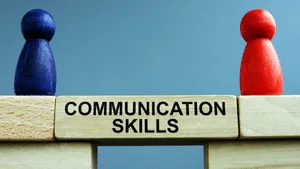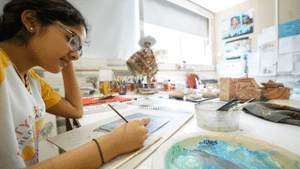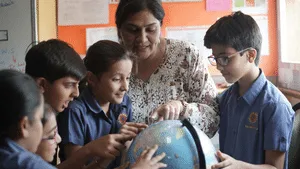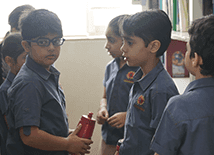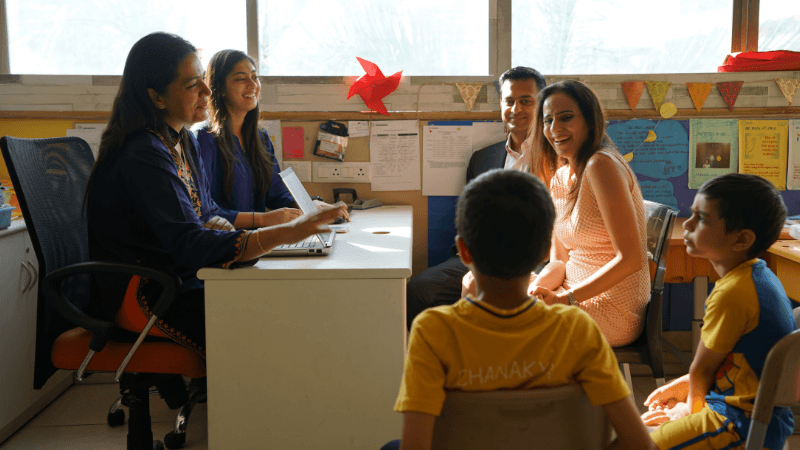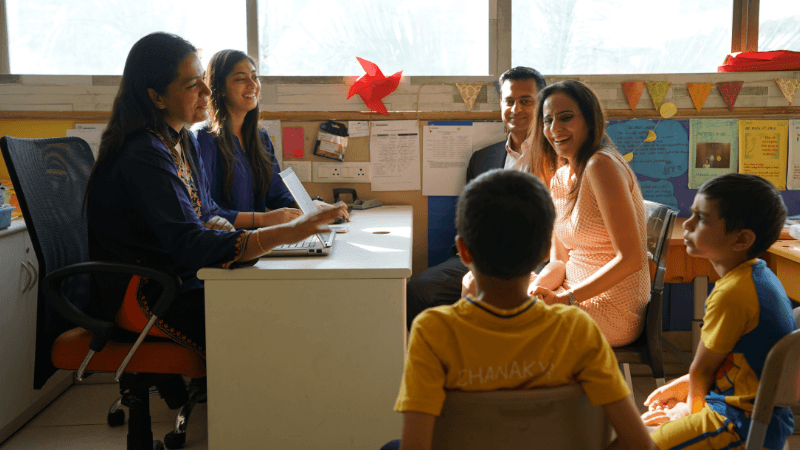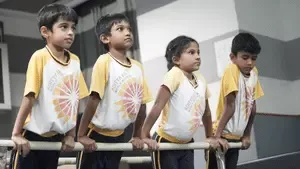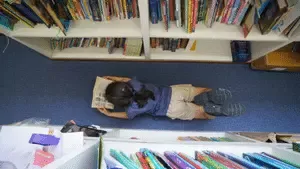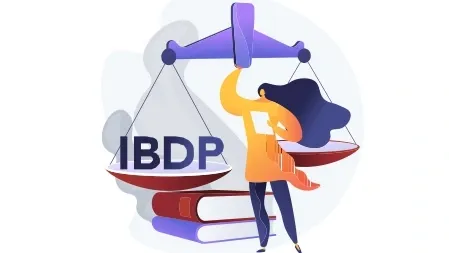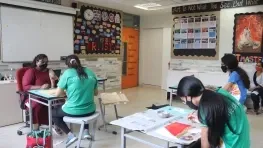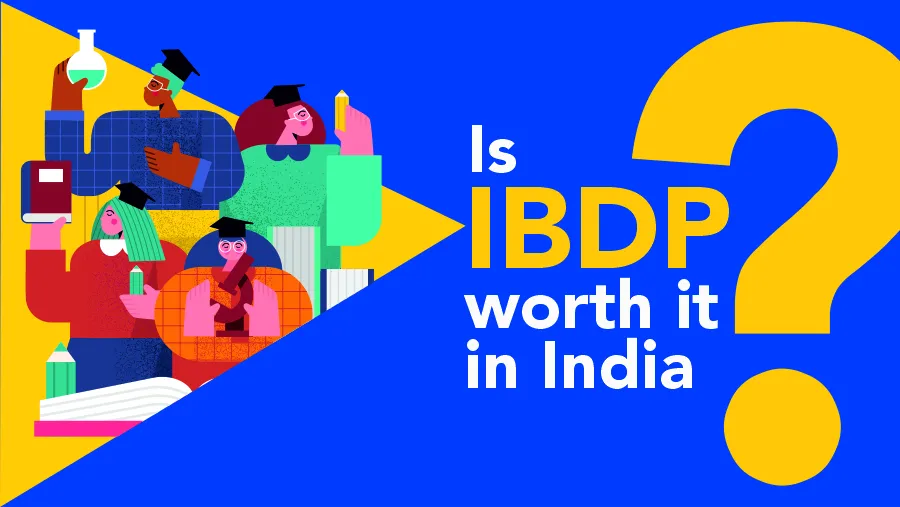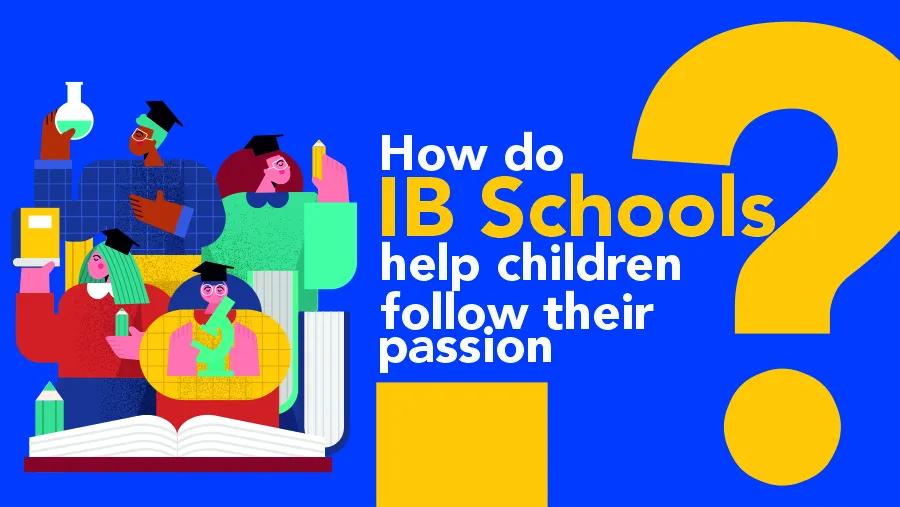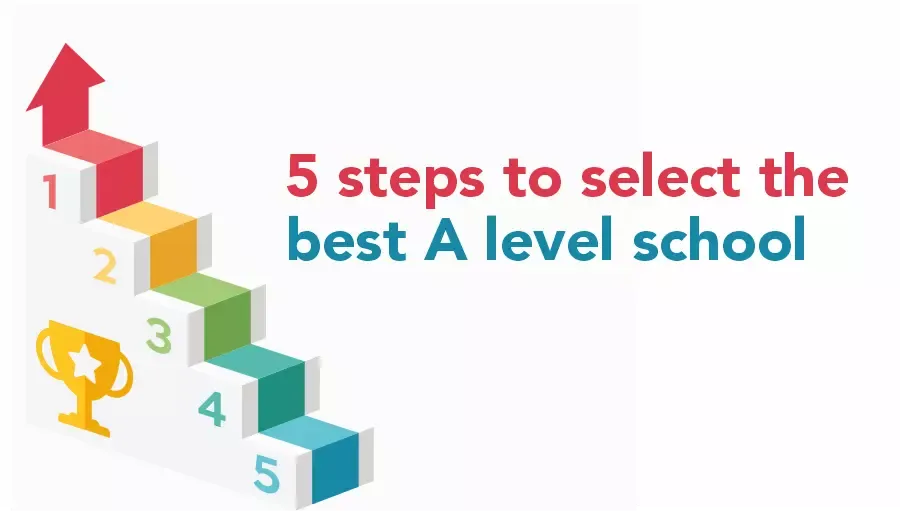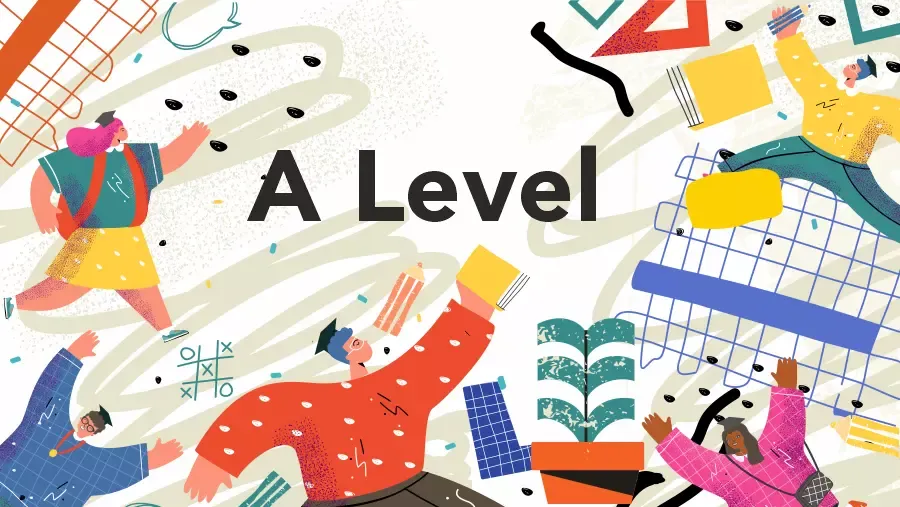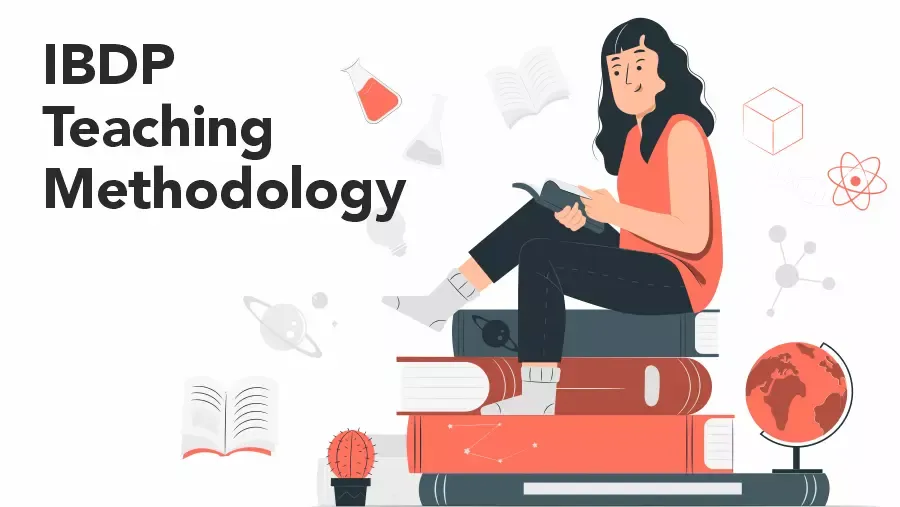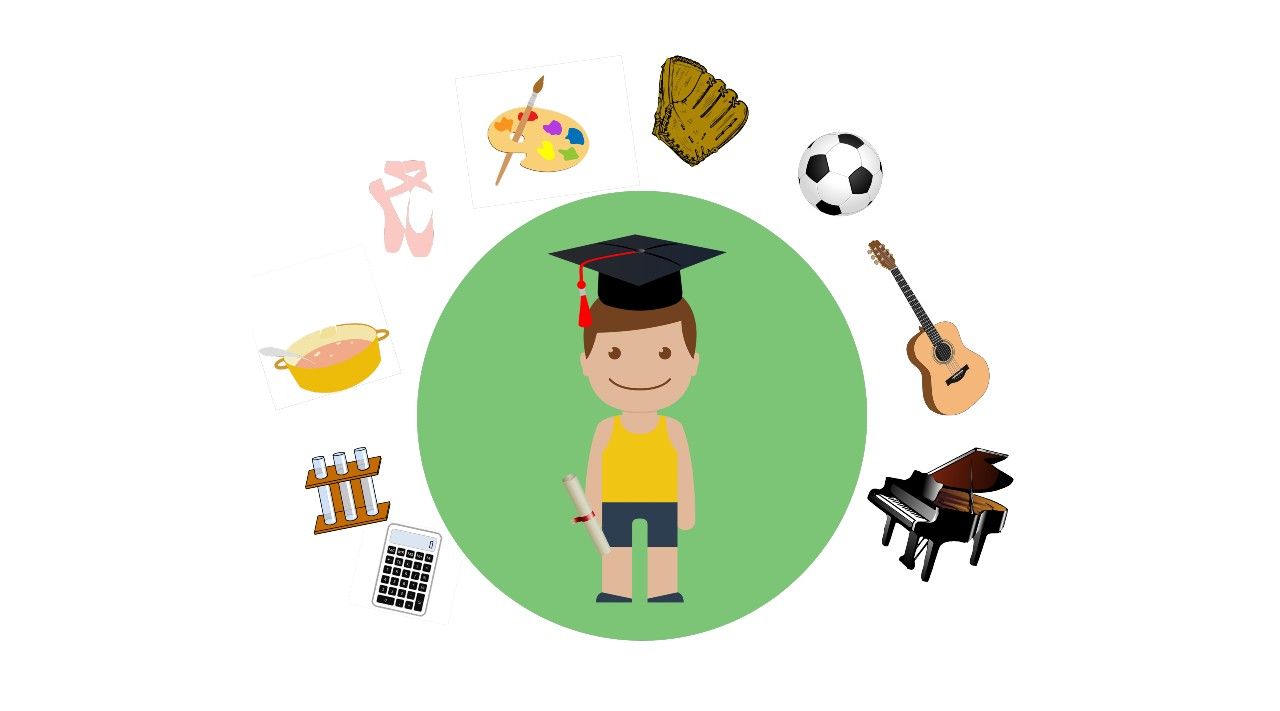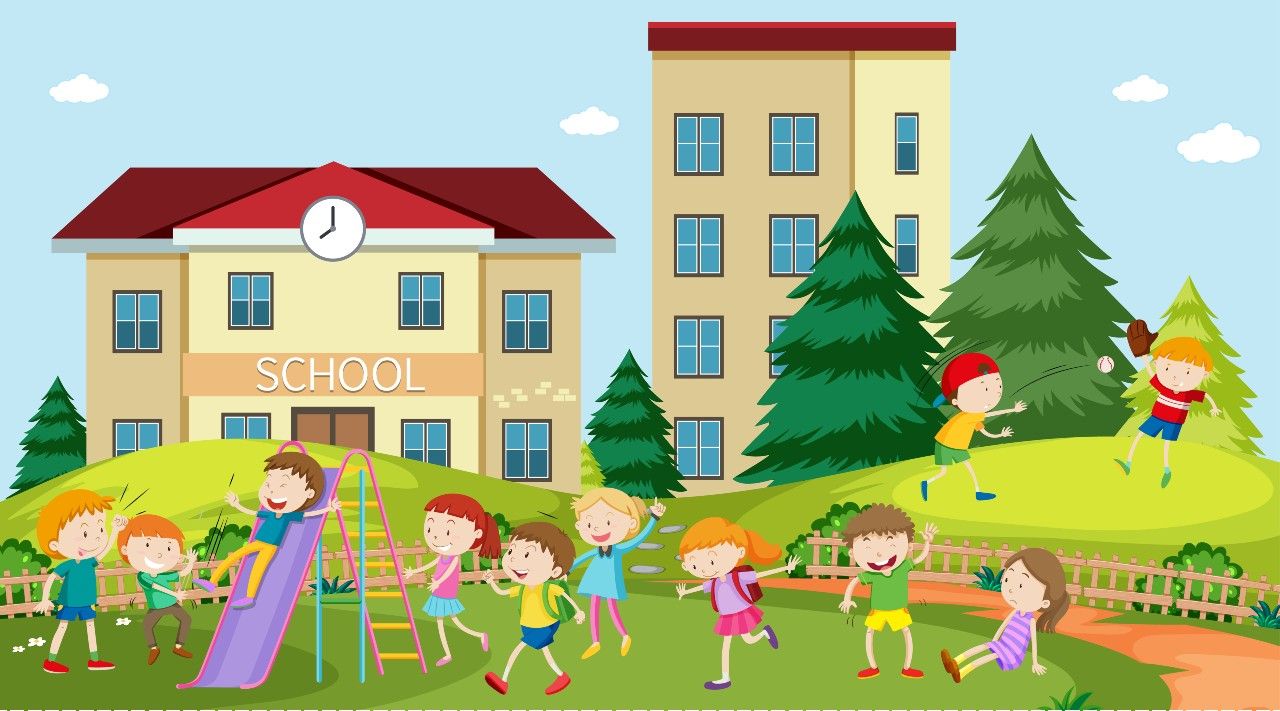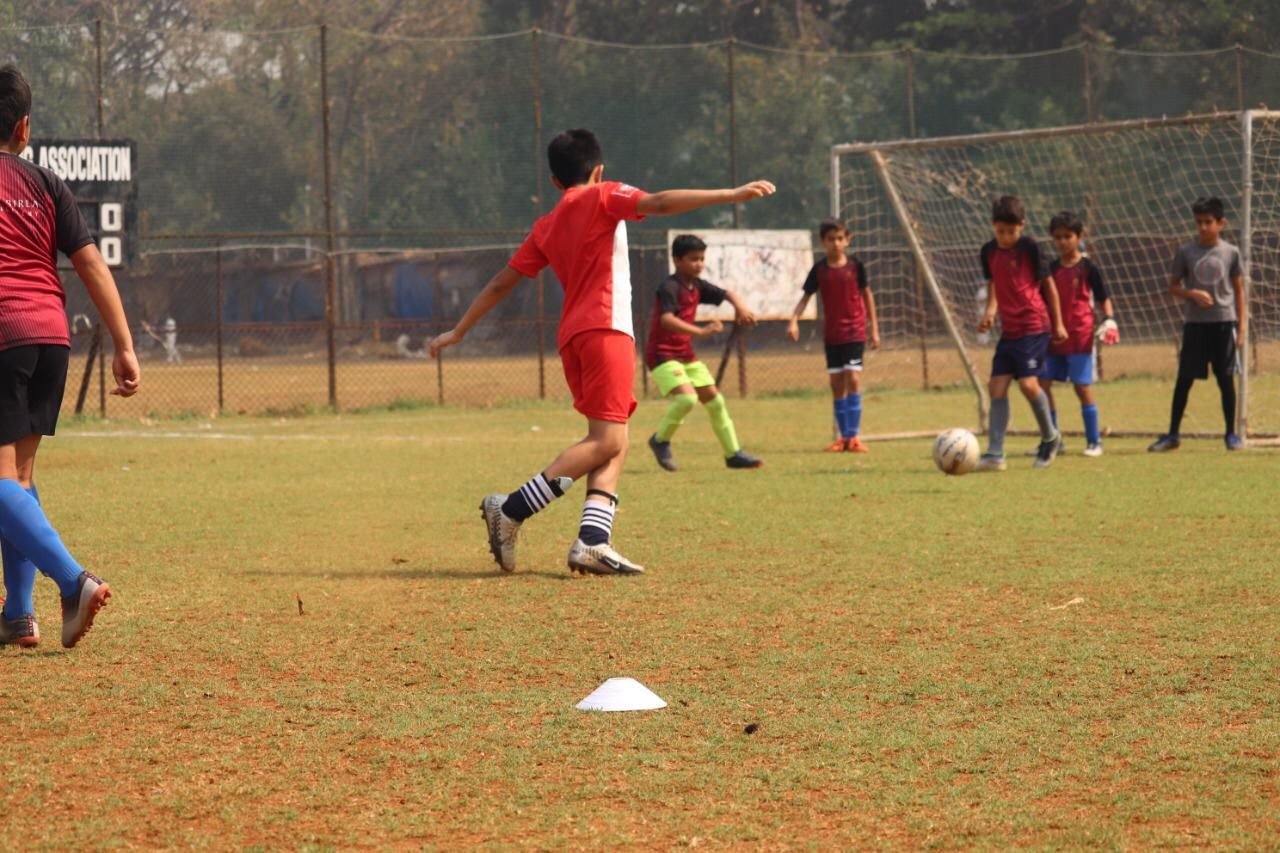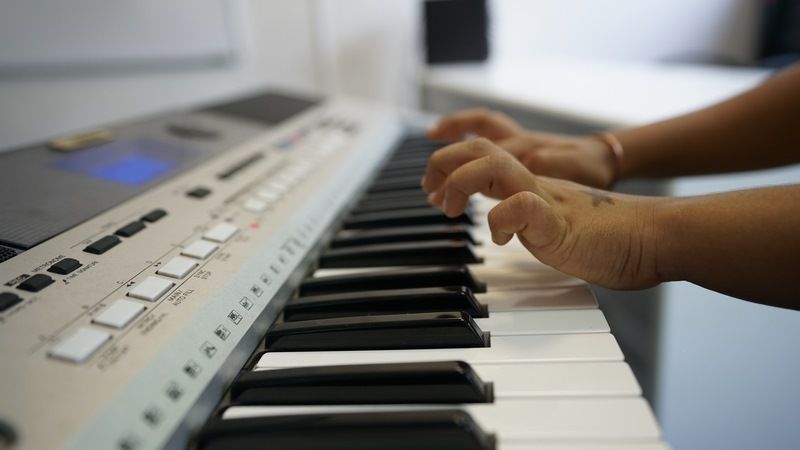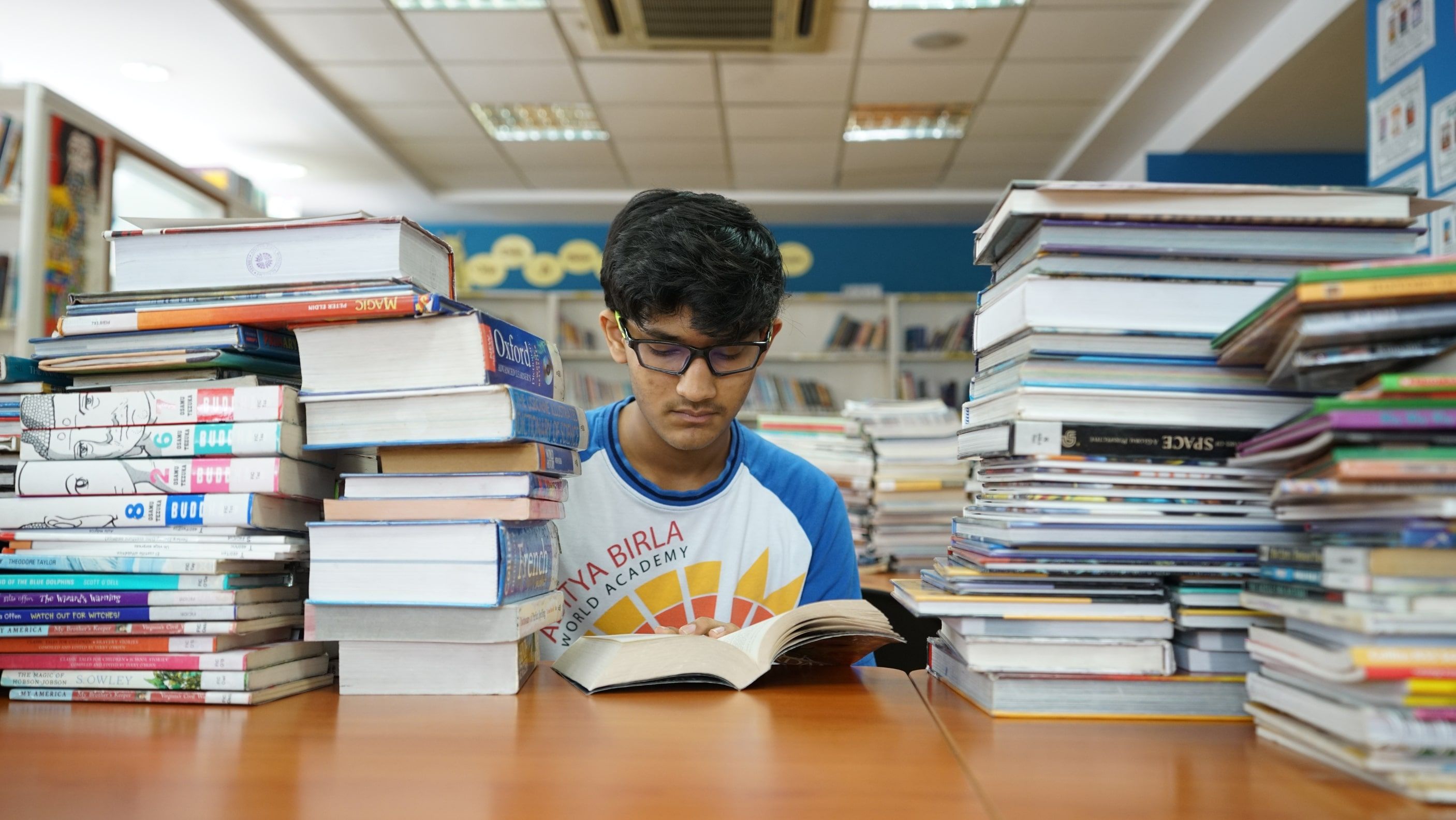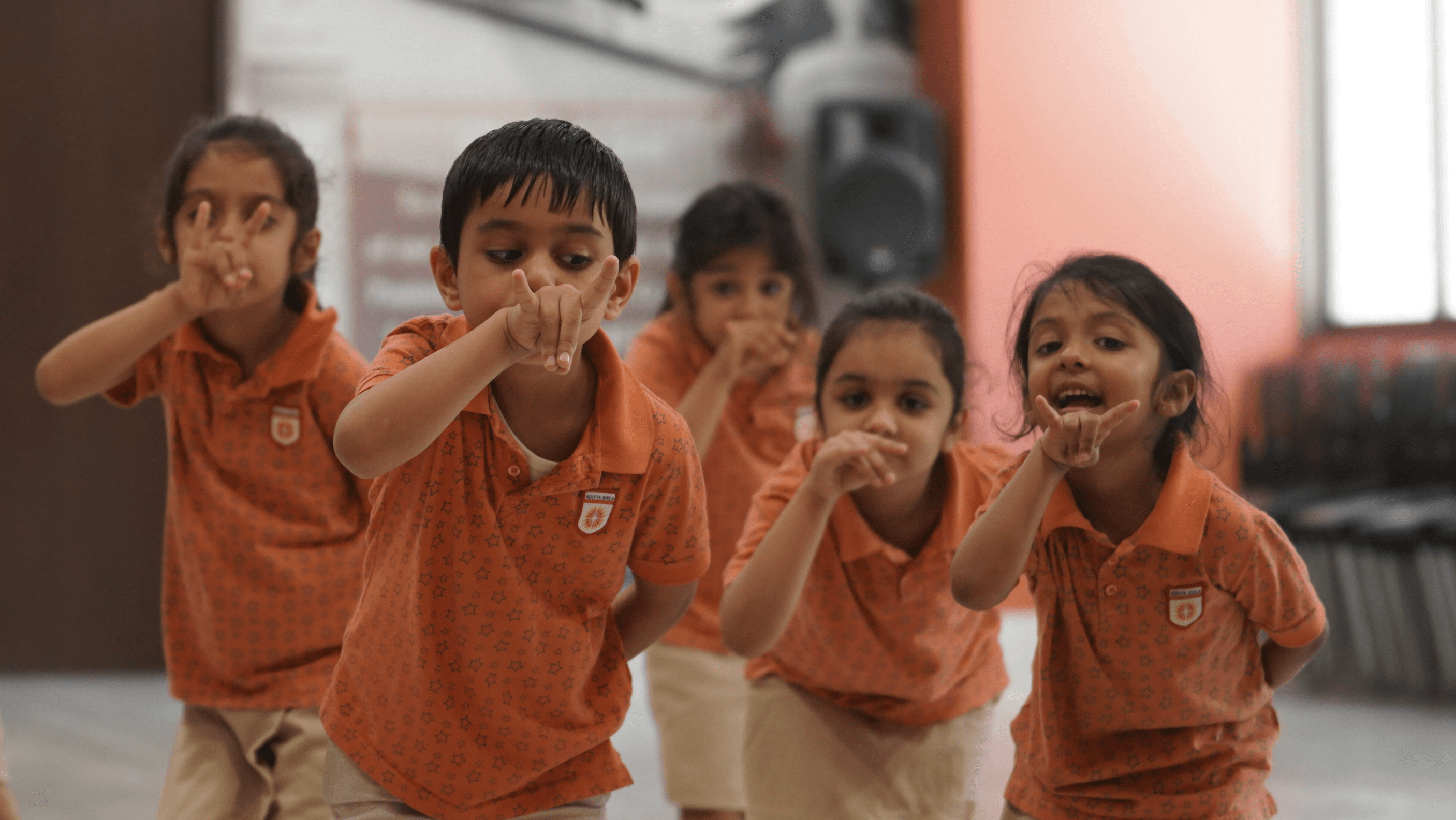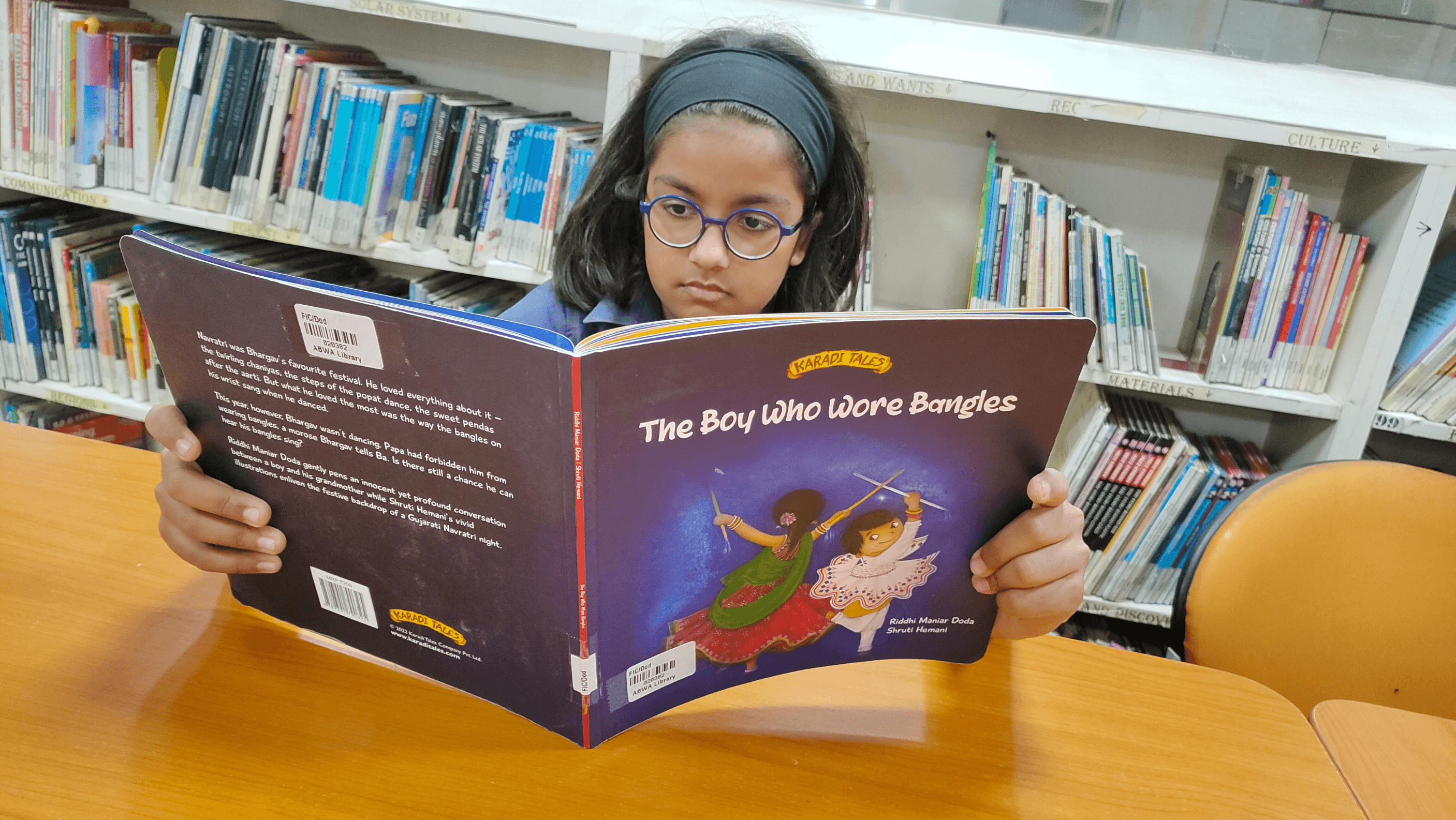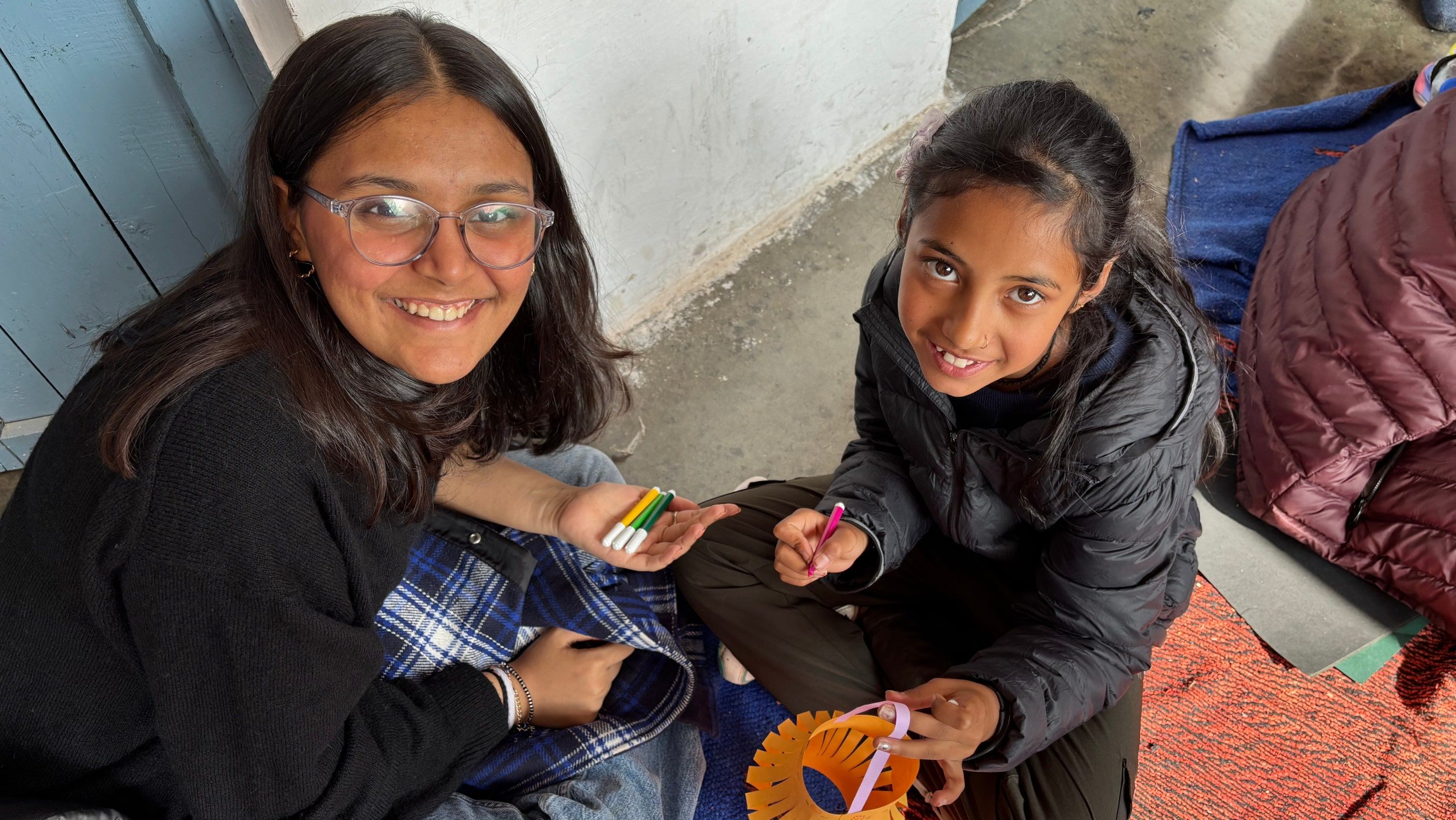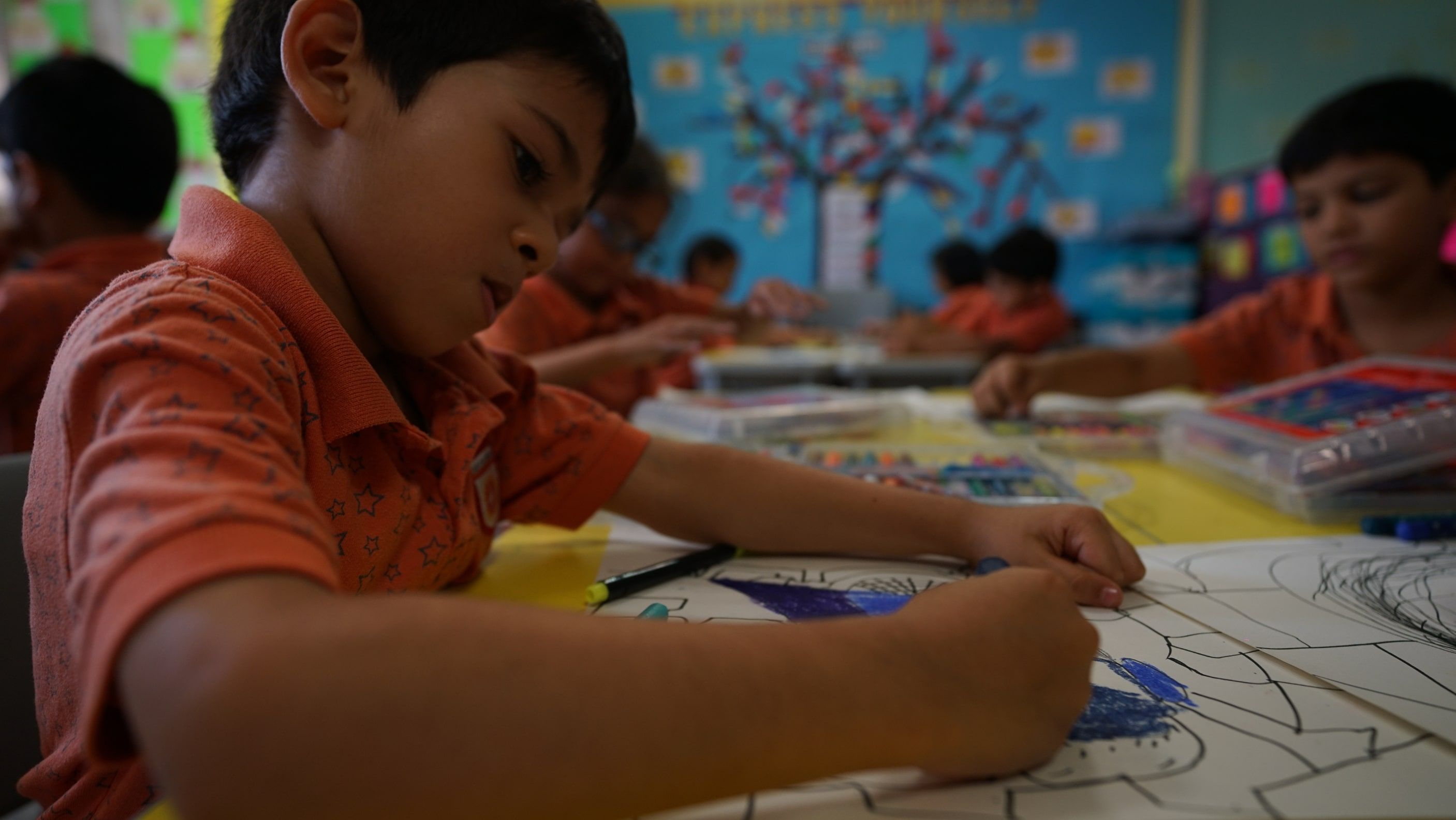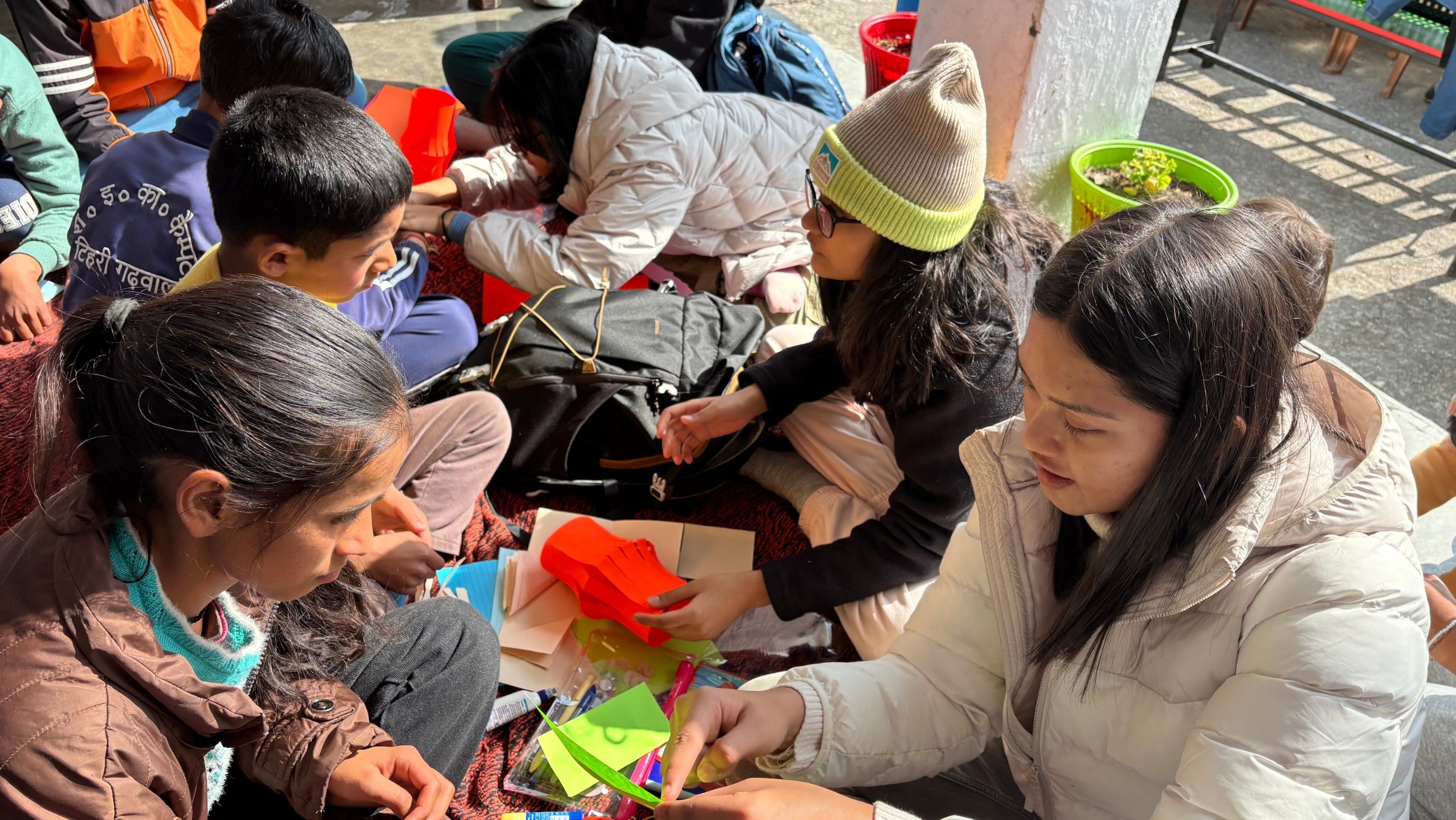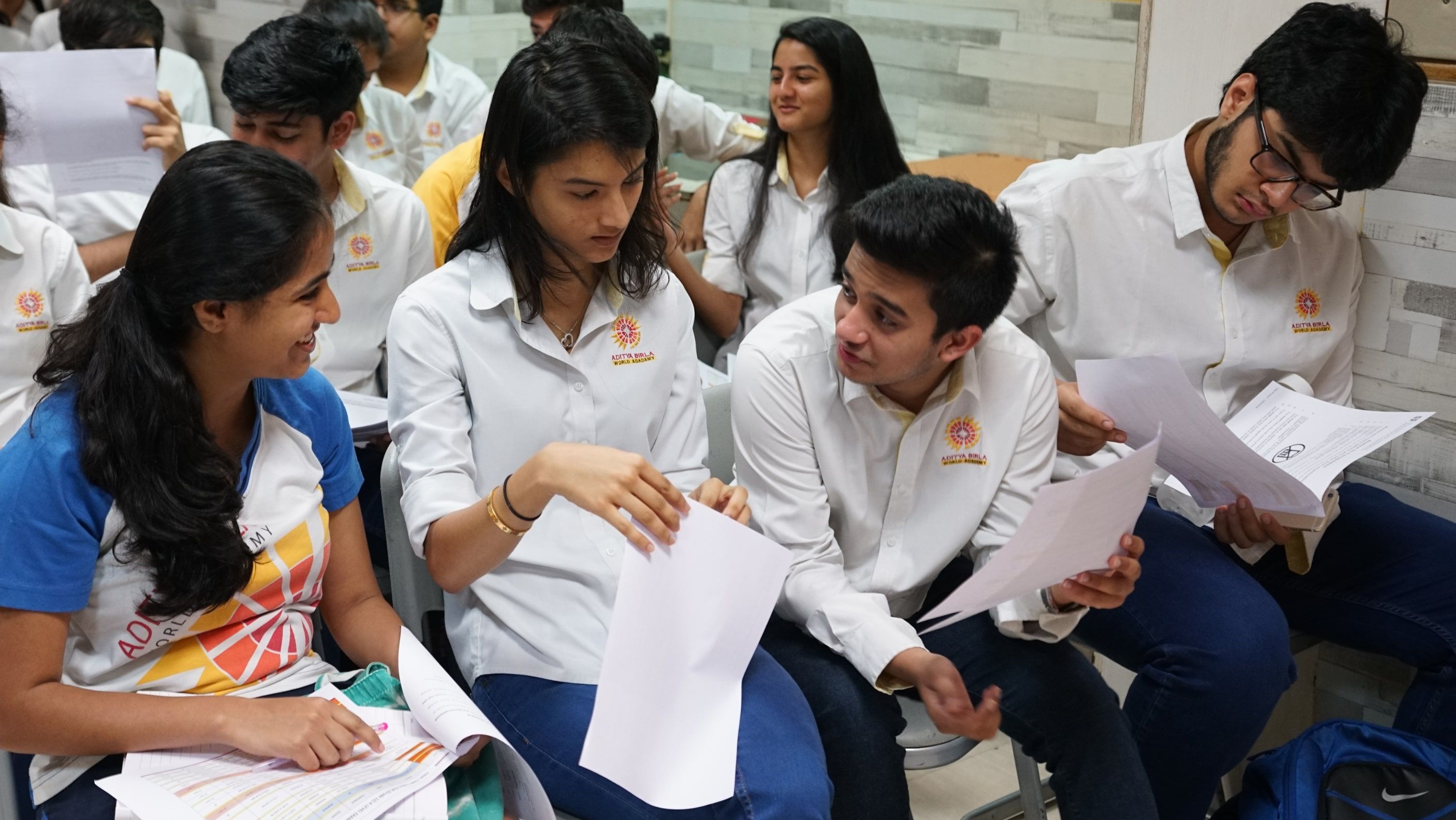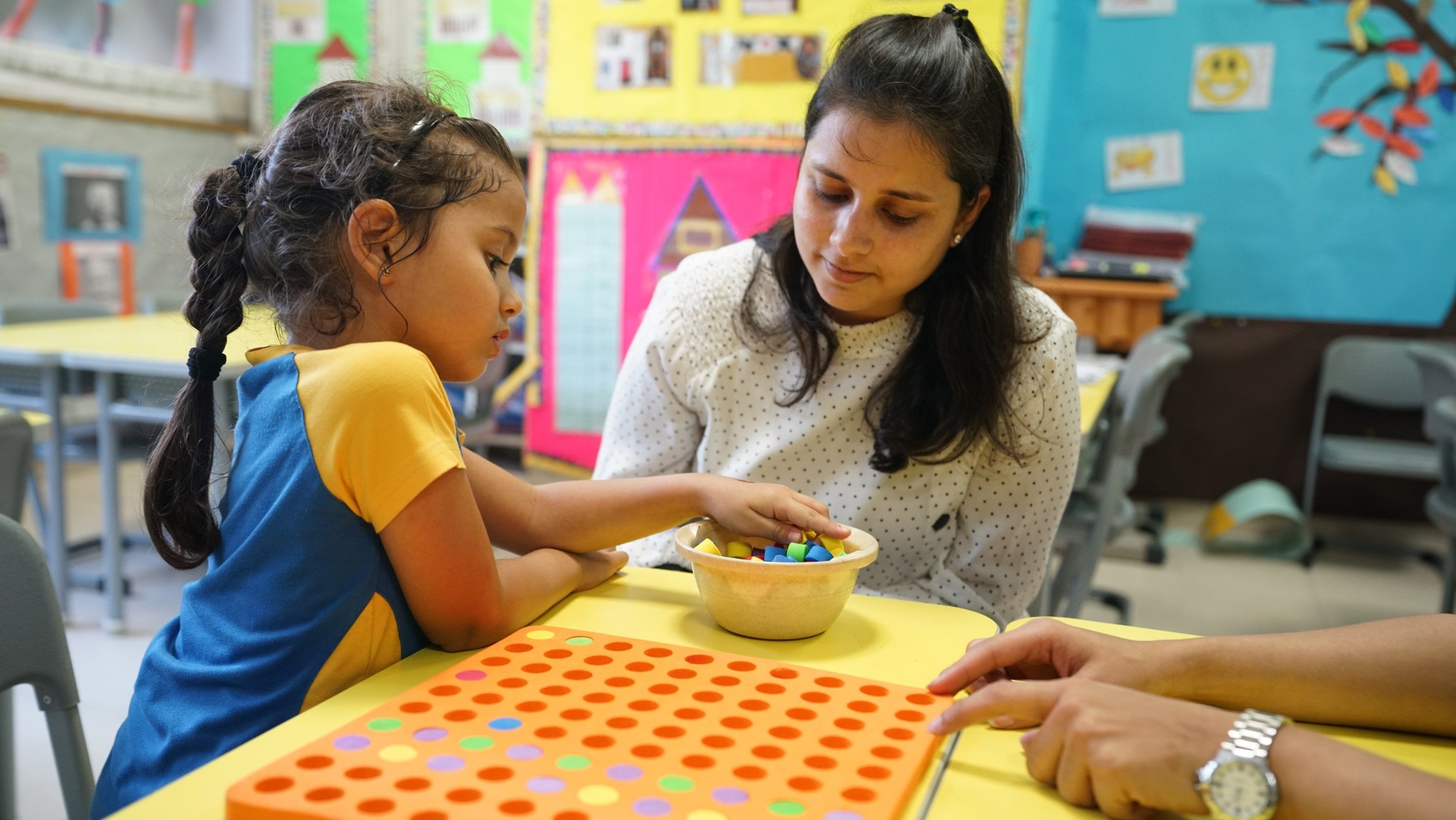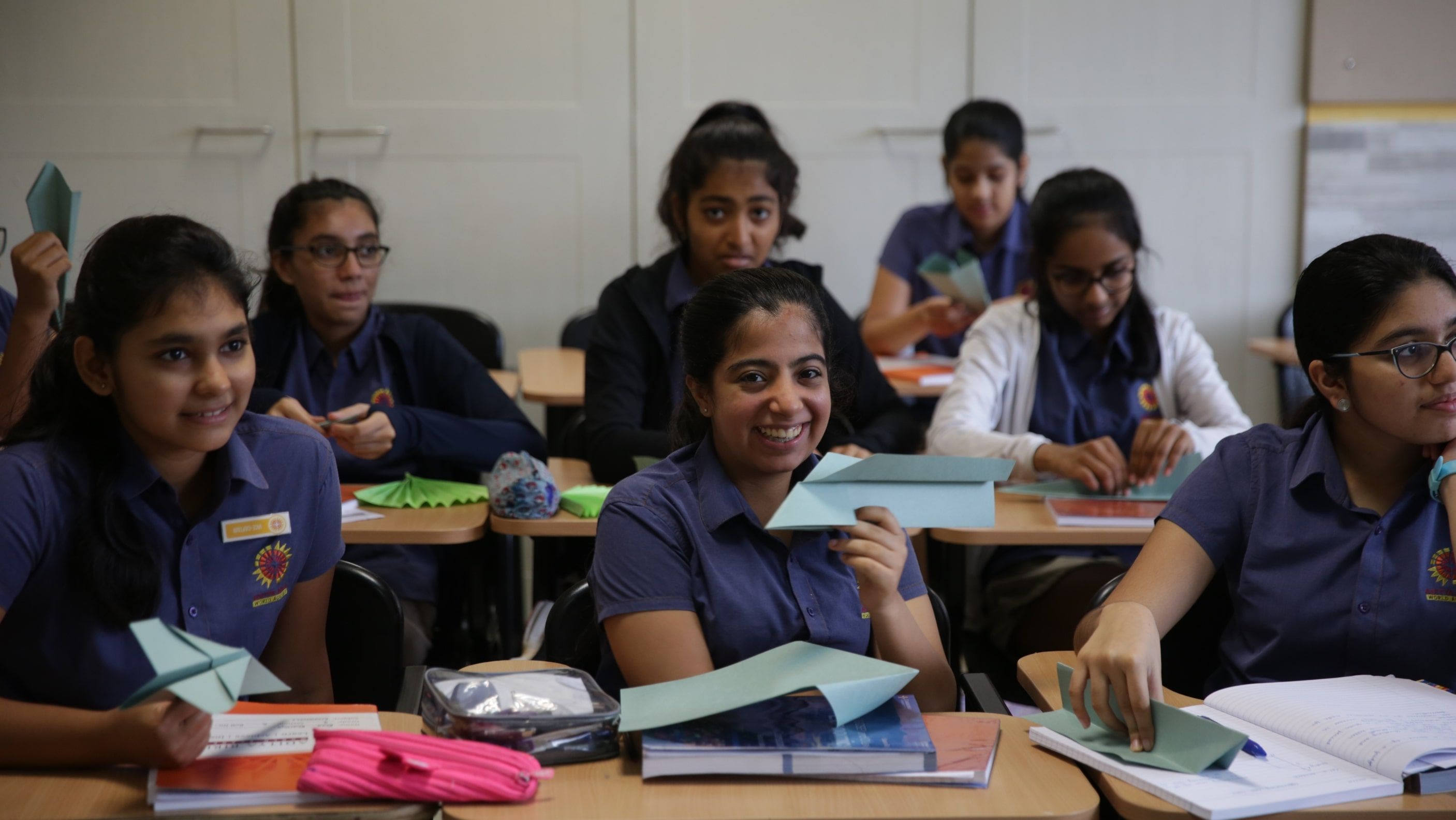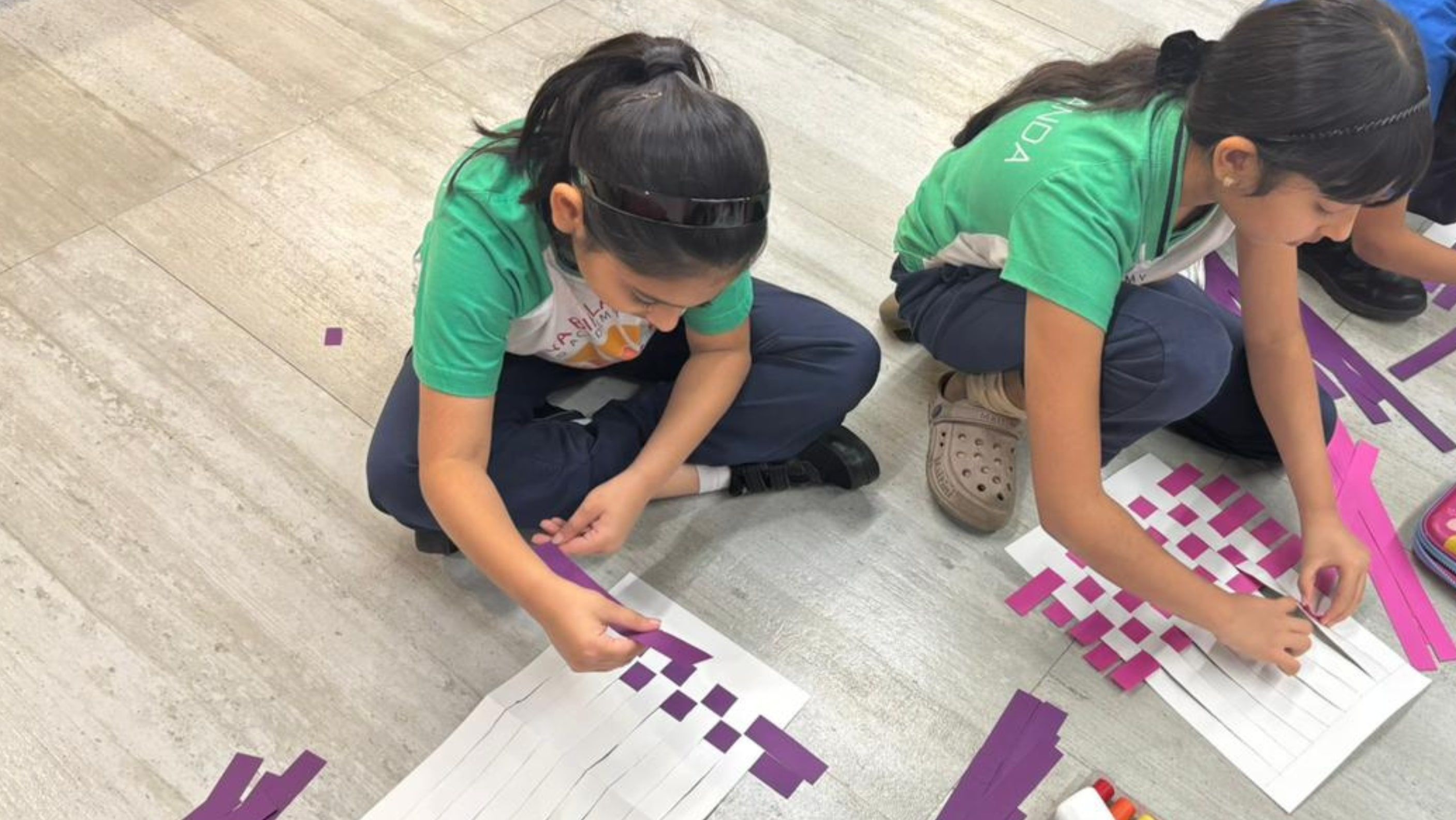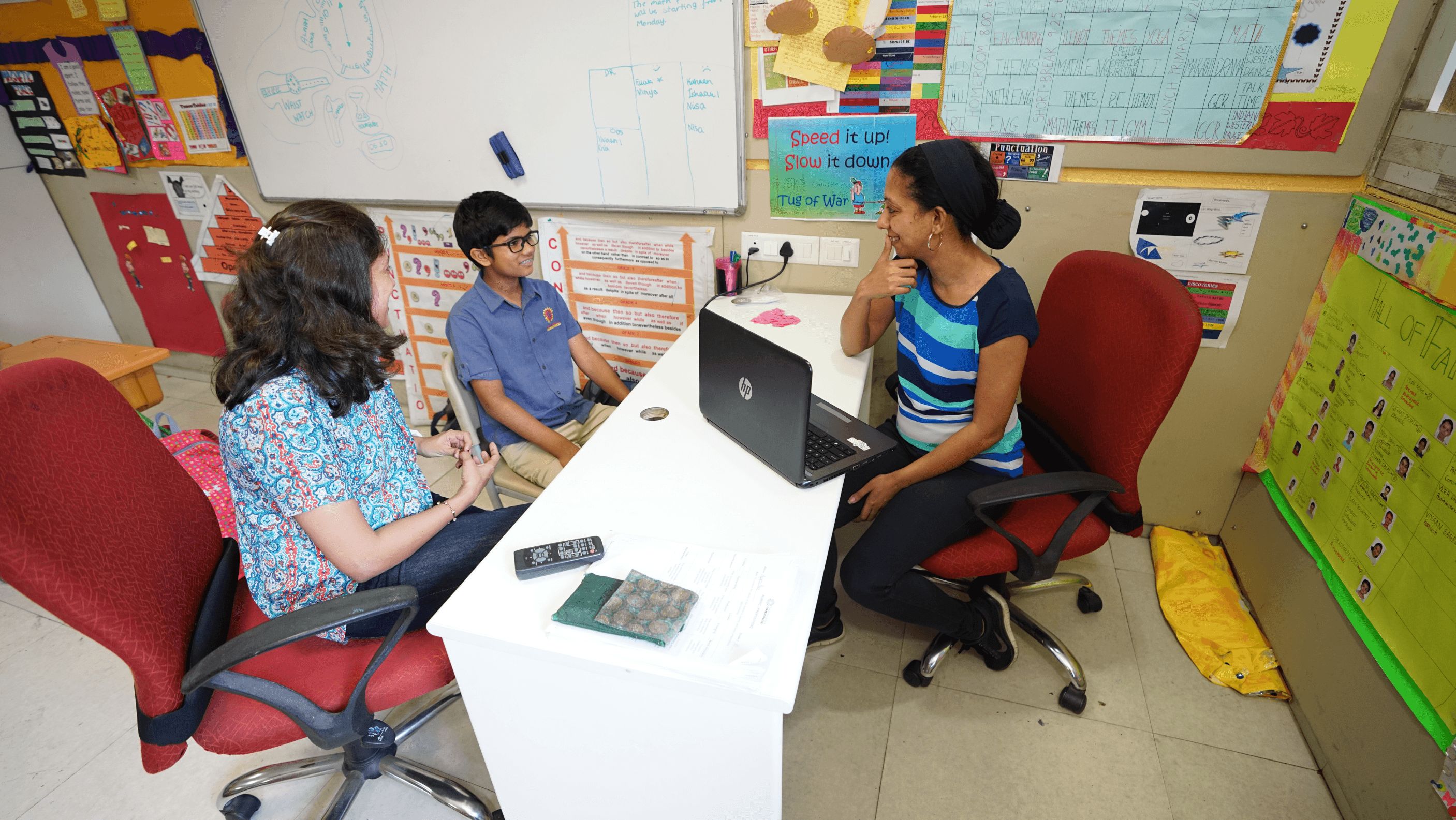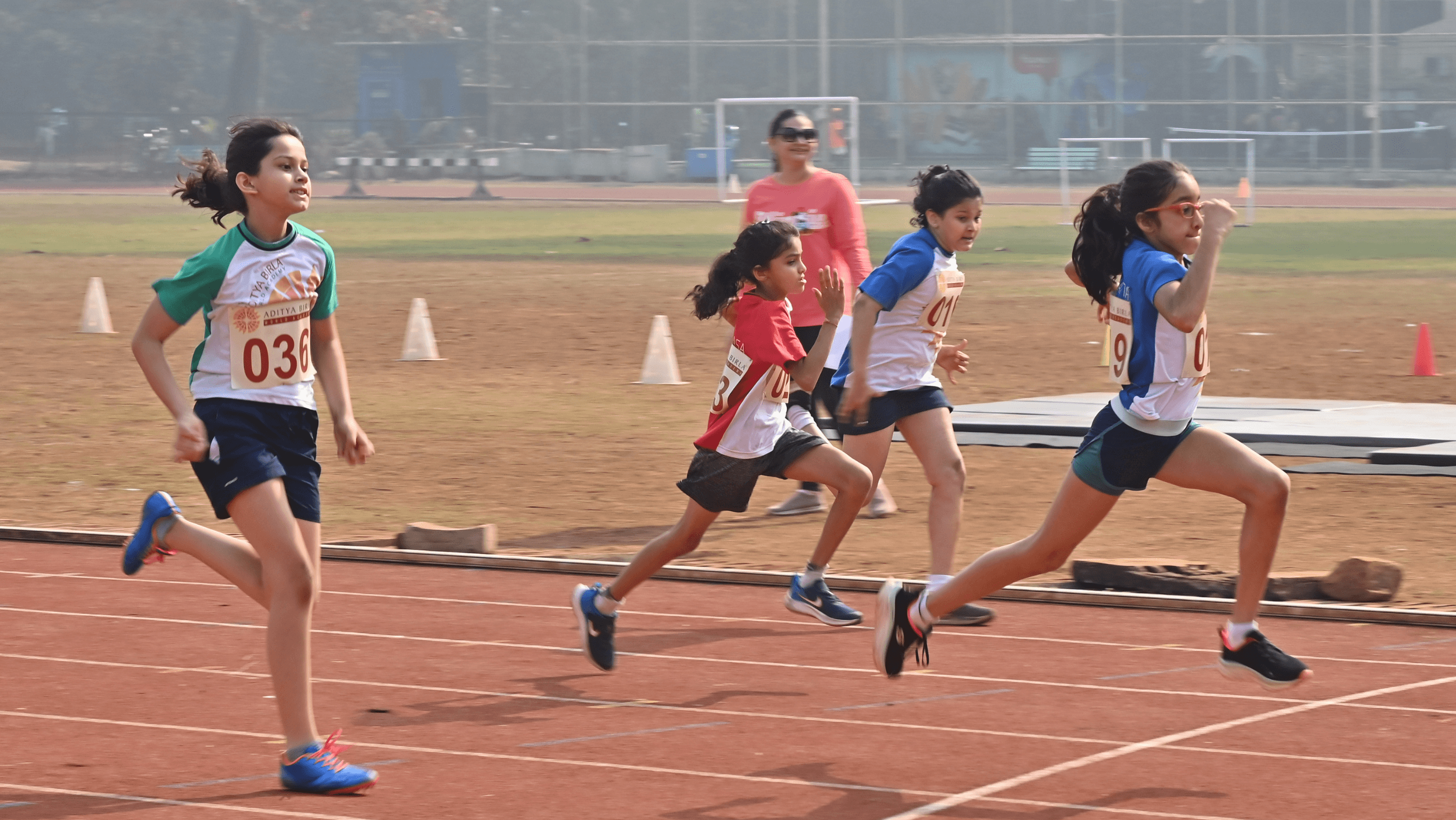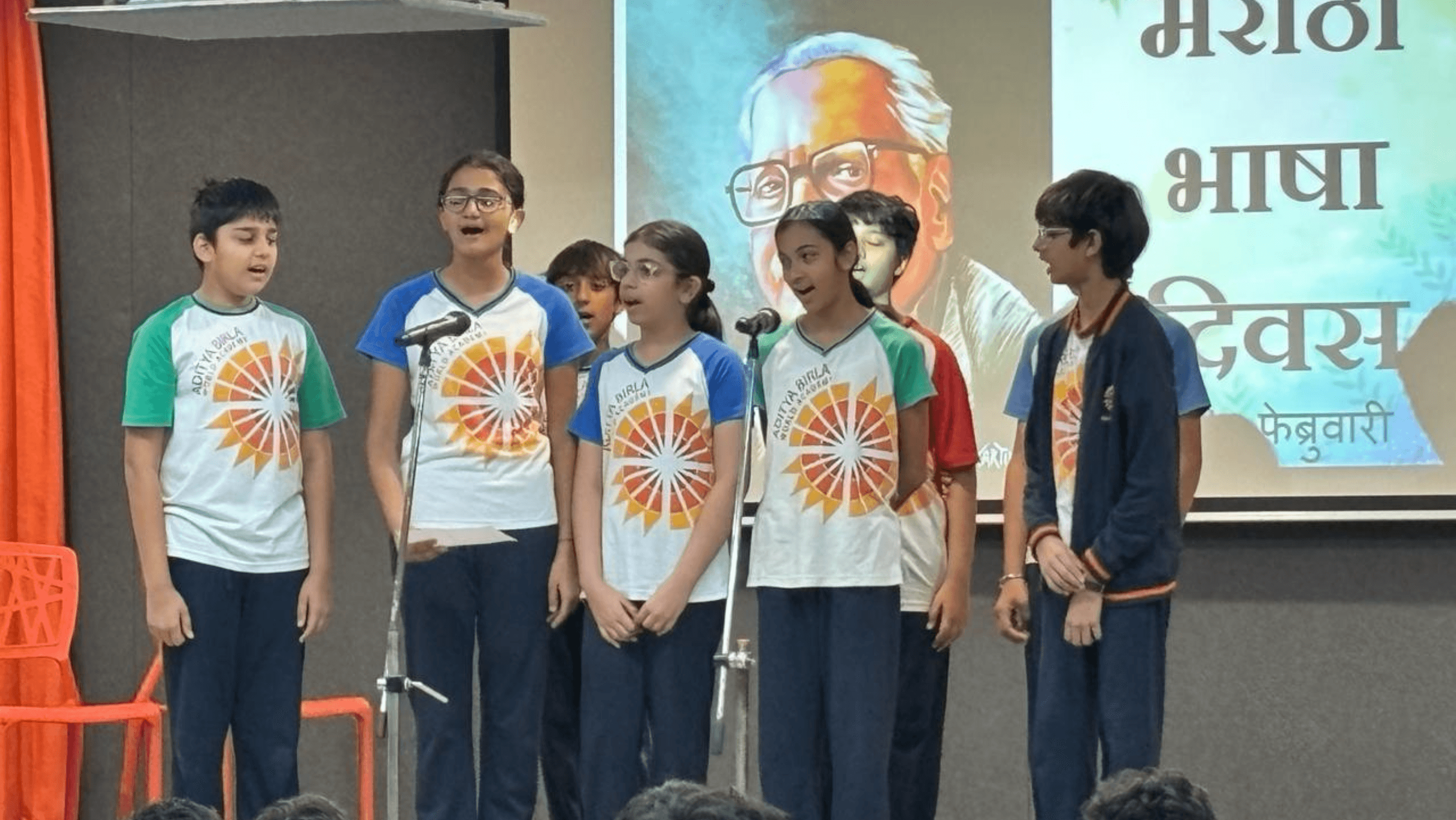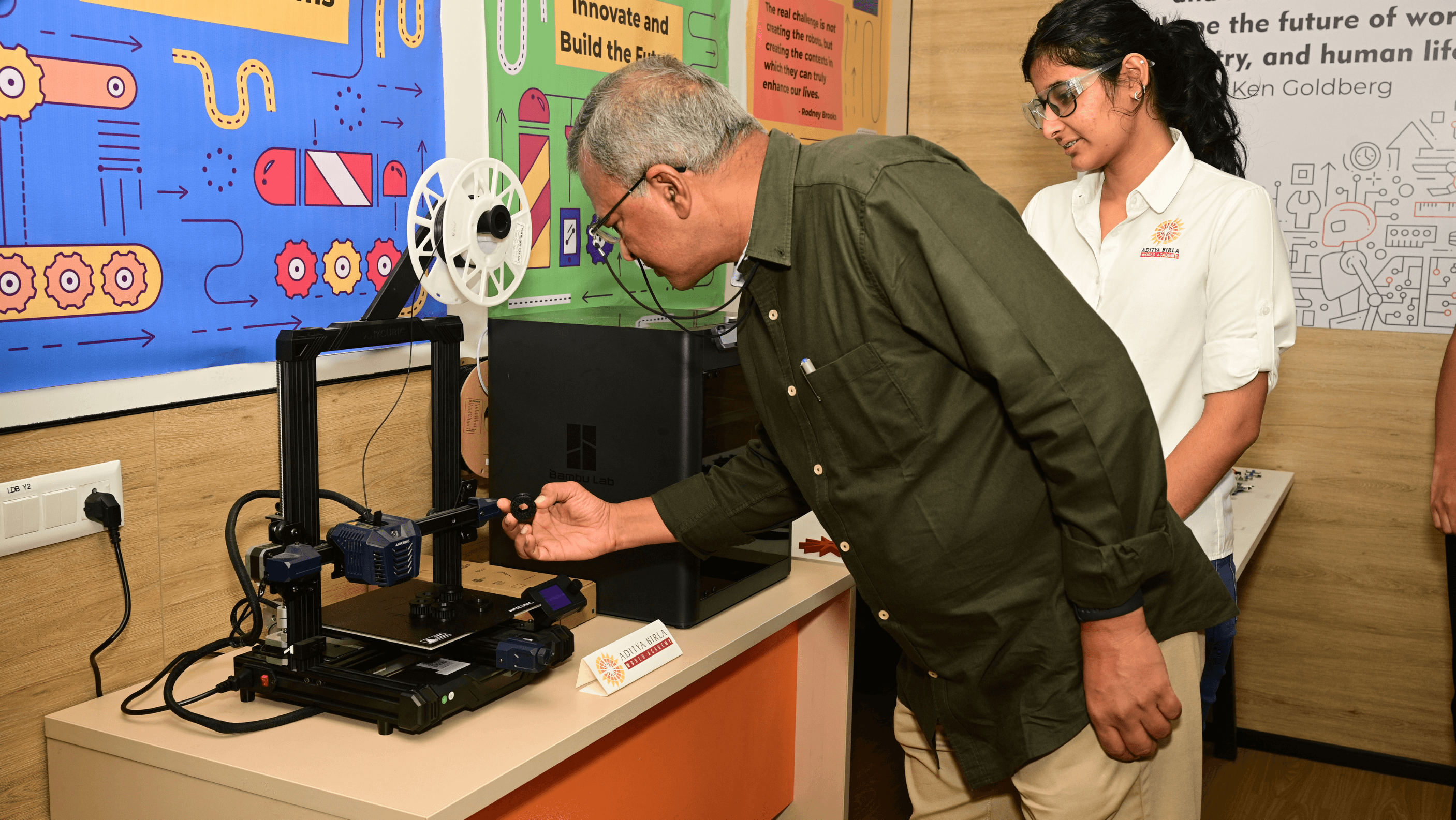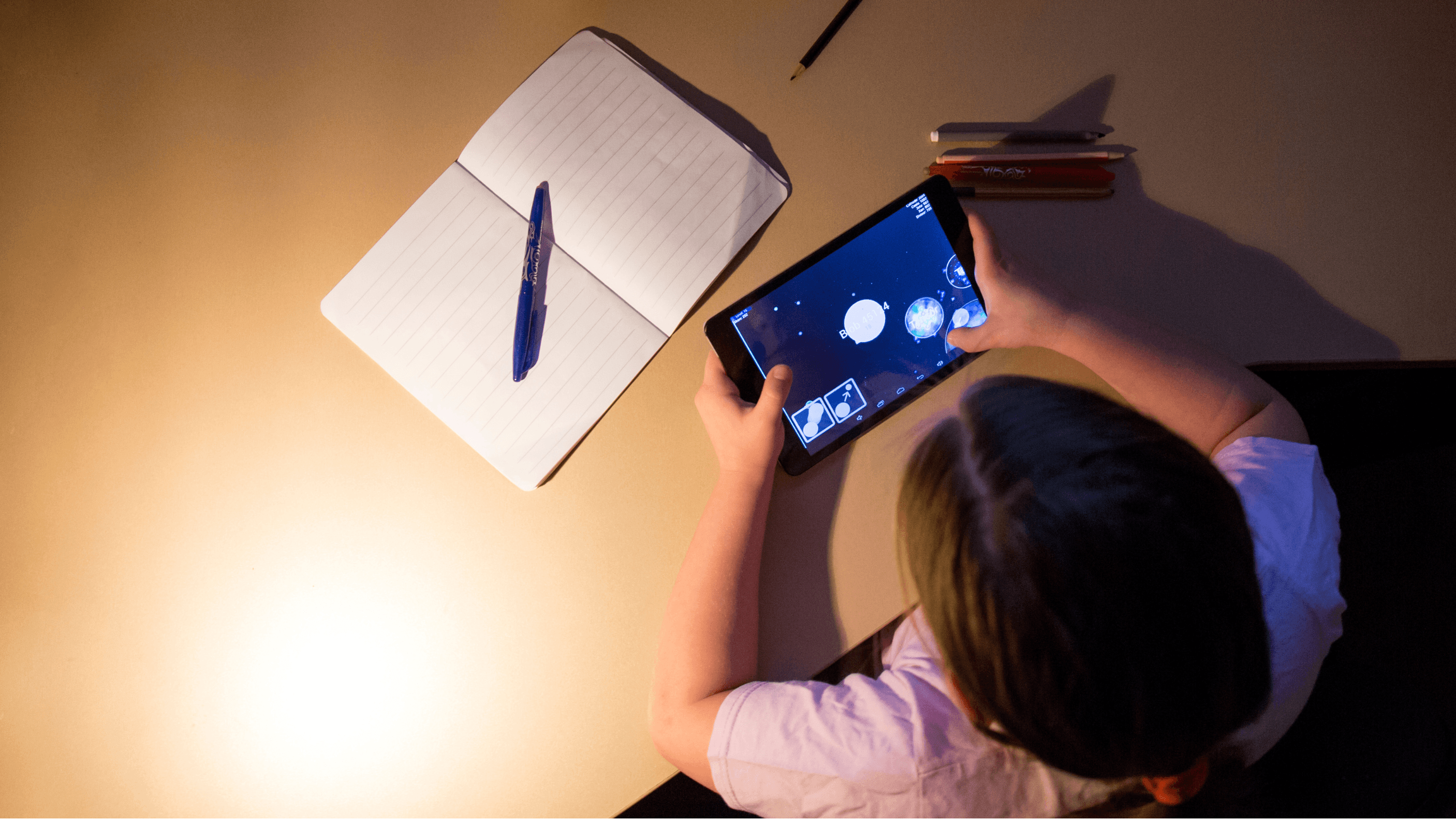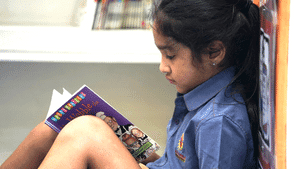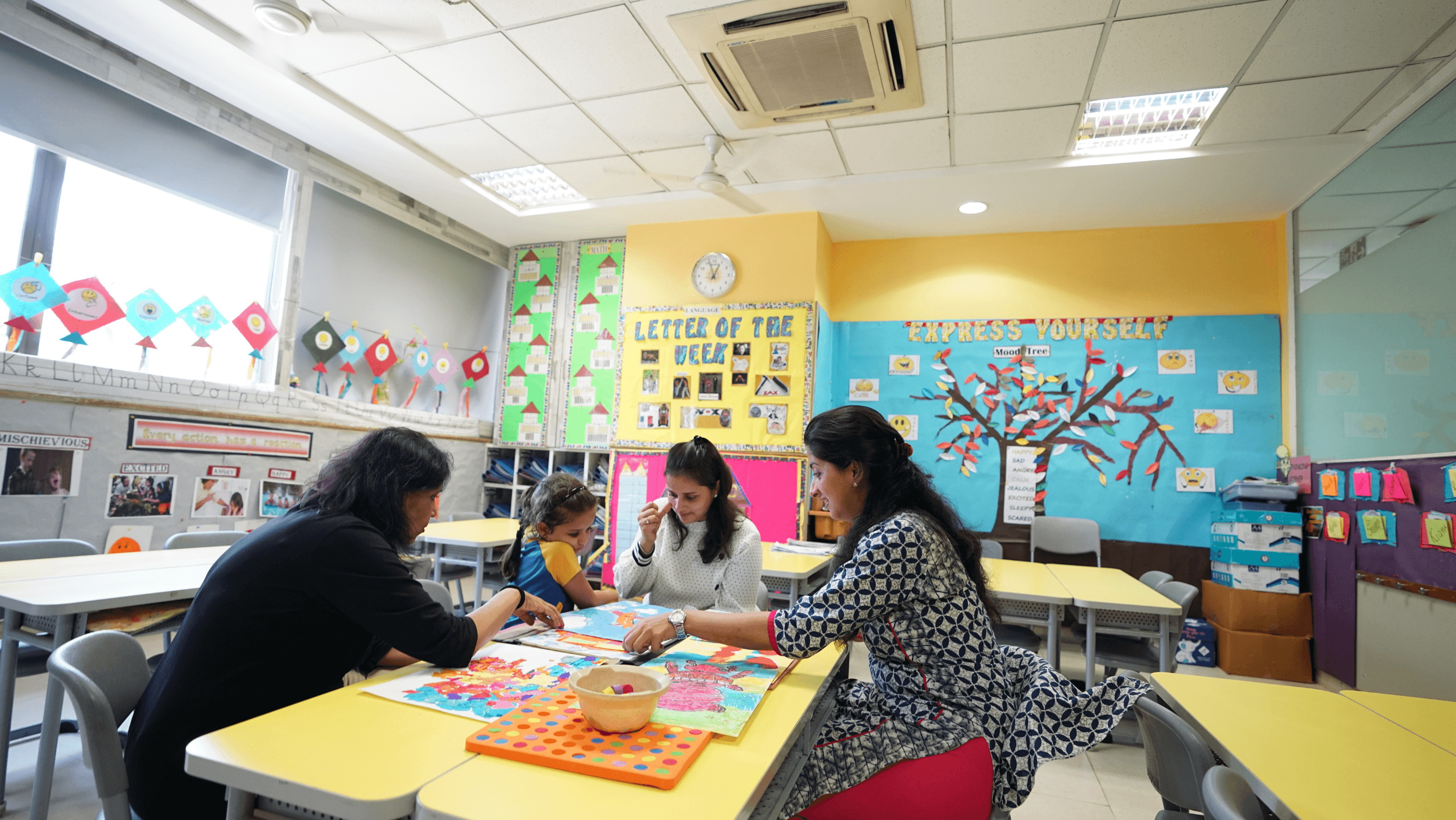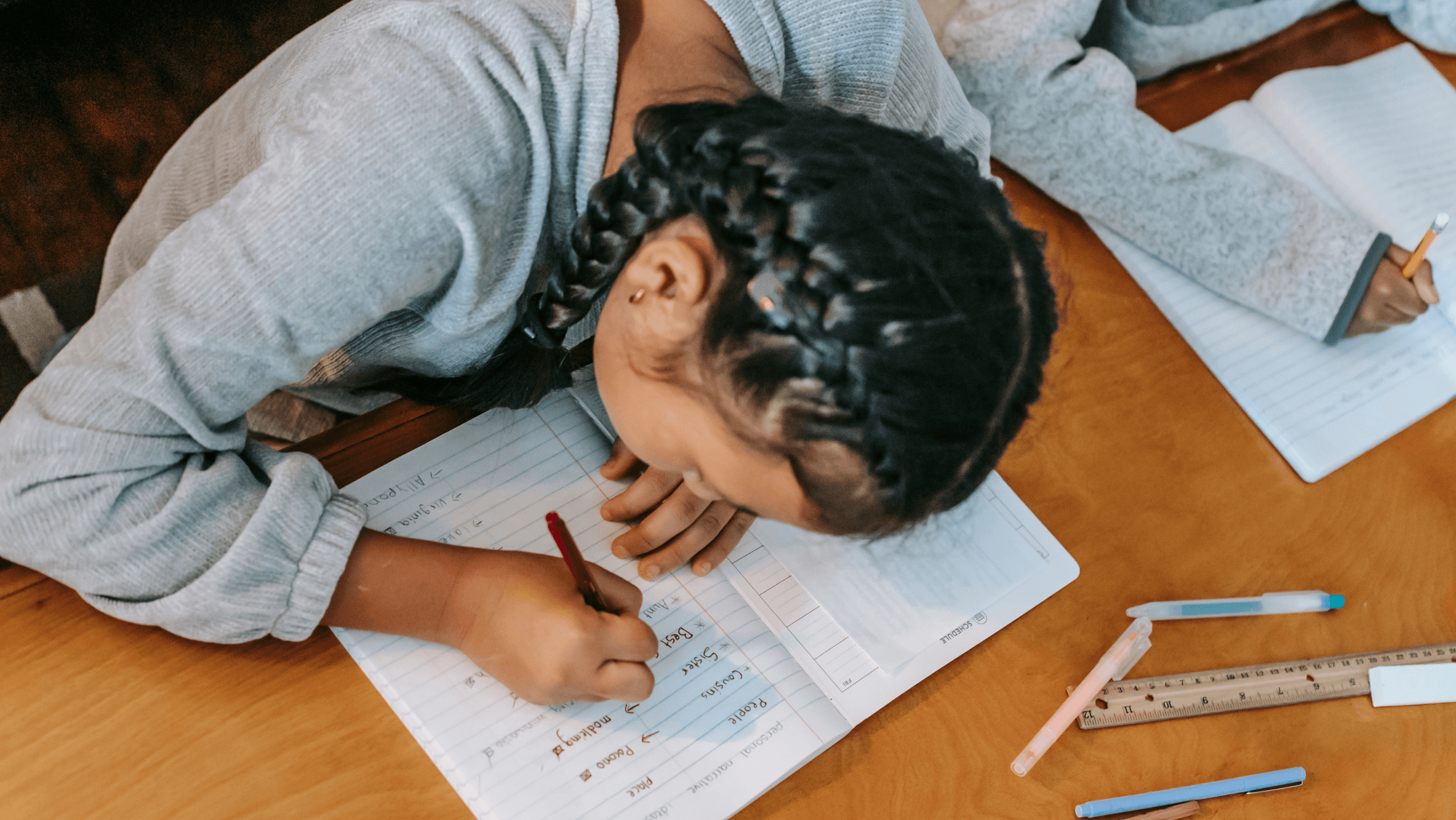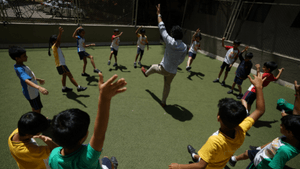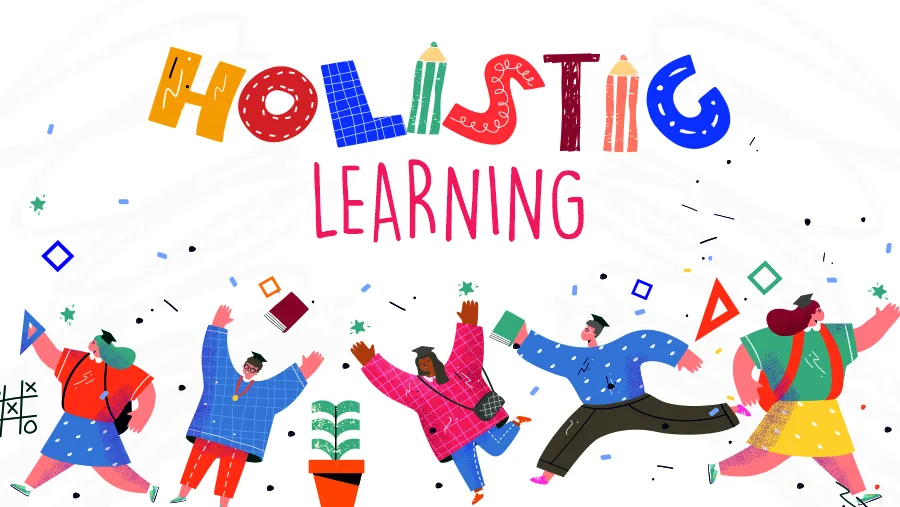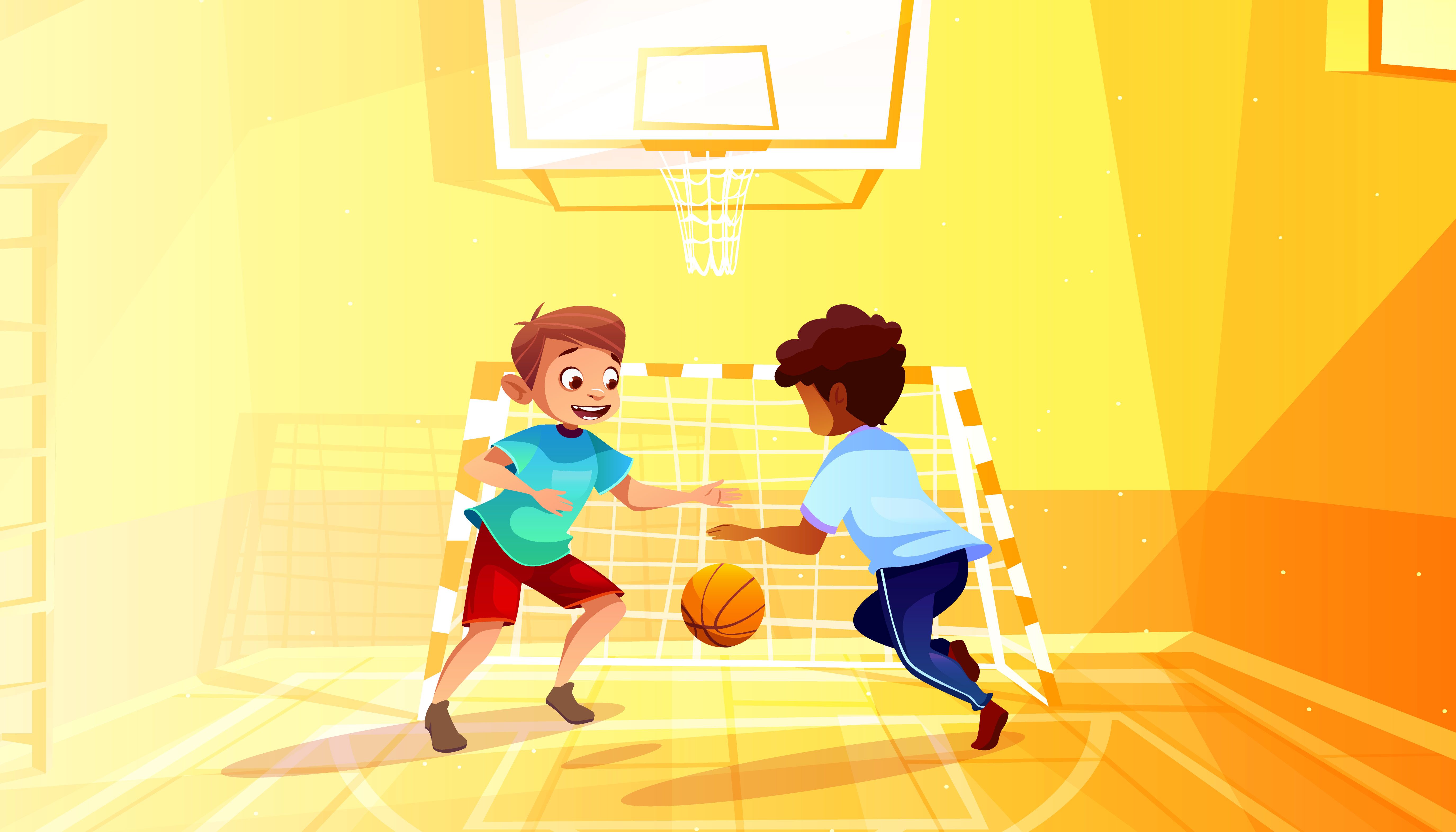Today the world is moving beyond the conventional education system. Instead of forcing every child to adapt to an existing structure, it is time to consider their preferences. As adults, even children have different learning styles.
Parents and teachers should try and recognise a child's learning style embedded in their behavioural patterns. A better environment to nurture and support can help in a child's development.
Both school and home have a great influence on a student's educational journey. So if you want to admit your child to an international school in Mumbai, which would be the right path to set out!
What are the different learning styles that an international school in Mumbai can offer?
For years, ongoing research aimed to understand and find the best-suited ways of learning. Scientists developed theories and hypotheses about a child's learning style. To date, we have had several theories and models that describe different learning styles. However, the most popular one is the VARK model.
VARK stands for visual, auditory, reading/writing, and kinesthetic- the four learning styles. A child develops a combination of these learning styles with one dominating the most relative to the others.
Each learning style has a complementary teaching style which teachers must adapt to. So to provide a strong educational foundation for students, we must acknowledge a child's learning style and nurture them.
How does the visual learning style work?
As the name suggests, the visual learning style relates to visual images. Children with such a style seem to remember details when they have information in a visual format.
Visual learning style also helps in developing strong observation skills in dealing with real-life experiences. Learning something hands-on or through action also helps in nurturing a visual learning style.
The following are certain ways in which is useful to visual learners-
- Learning information through animation or videos
- Lessons with illustrations, pictures, diagrams, and charts
- Using flashcards for revision
- Other visual cues such as colour coding and highlighting
How does the auditory learning style work?
Spoken words and sounds are the core of the auditory learning style. Children with this preferred learning style rely on verbal instruction and guidance. Such children grasp better when we present information verbally. Discussing lessons through spoken words rather than visual text or media is preferable.
The following are certain ways in which is useful to auditory learners-
- Participation during group discussions
- Listening to class presentations and lectures
- Participation in debates, class discussions, and extempore
- Consuming content through podcasts
- Listening to audiobooks
- Listening to self-recorded learning sessions
- Learning through auditory mnemonics like songs or rhymes
How does the kinesthetic learning style work?
Engaging in physical tasks and activities is how children with kinesthetic learning styles learn the best. Physical manipulation of teaching material in combination with auditory and visual cues is how kinesthetic learners navigate. So hands-on interaction with tasks is effective in information retention.
The following are certain ways in which is useful to kinesthetic learners-
- Interacting in simulations or conducting experiments
- Using tactile cues and elements in the lesson plan
- Participating in dance and movement practices
How does the reading/writing learning style work?
There is nothing to explain when it is already clear what is the core of this learning style. Children perform best when taught through written information.
The following are certain ways that are useful to learners who prefer reading/writing to consume information-
- Learning lessons through taking notes
- Doing written projects and assignments
- Having a structured learning experience
- Doing debates and discussions with proper write-ups
How can you nurture your child's learning style as parents?
After you recognise your child's learning style, the responsibility of nurturing it further falls upon you. You can bear the following in mind to understand and explore different learning styles-
- You can recognise your learning style and help your children explore theirs
Adults and children both have their specific set of learning styles. Learning in the best way possible describes our learning styles. If you understand how you find it easier to learn, recognising the same for your children shouldn't be difficult.
- Make sure there is a favourable environment that supports your child's learning style
All children need an environment where they can grow. It is regressive to impose traditional structured learning on all children. Each student has their strengths. The aim should be to further their strengths.
Creating an environment with opportunities and cues for learning style is helpful. Presented with different learning cues (visual, auditory, kinesthetic, reading/writing) to see what works for your children is what parents and schools must do.
- Guide your children through their learning style
Children need guidance and proper instruction from teachers and parents. So try to help out students in the way they most require. Not all children can respond to the same cues or learn in the same way. They need help to explore what style of learning works for them. And parents and teachers need to encourage them in the right direction.
- Patience is the key
Everything moves at its own pace. All children are unique and learn things at their own pace as well. They have different ways and rates of processing information based on their learning style. Parents need to be patient with their kids when they are exploring the best way they can learn. It builds faith and confidence in students.
- Explore different learning styles
No one can have just one learning style specifically. We have a combination of styles out of which one or two might be predominant. So in the initial years, children must have exposure to different kinds of opportunities and cues. Only then students can learn which learning style aligns best with their interests.
We understand that parents want the best for their children. An international school in Mumbai is a place where you can find a direction for a better-tailored education system.
To Conclude
For years, children were subject to the traditional education system. However, with time we realised that children need catering in their preferred way. Finding the best-suited style comes from experiment and exploration. Learning and teaching techniques are complementary. So once we know what is beneficial for our children, we can tailor teaching styles accordingly.





